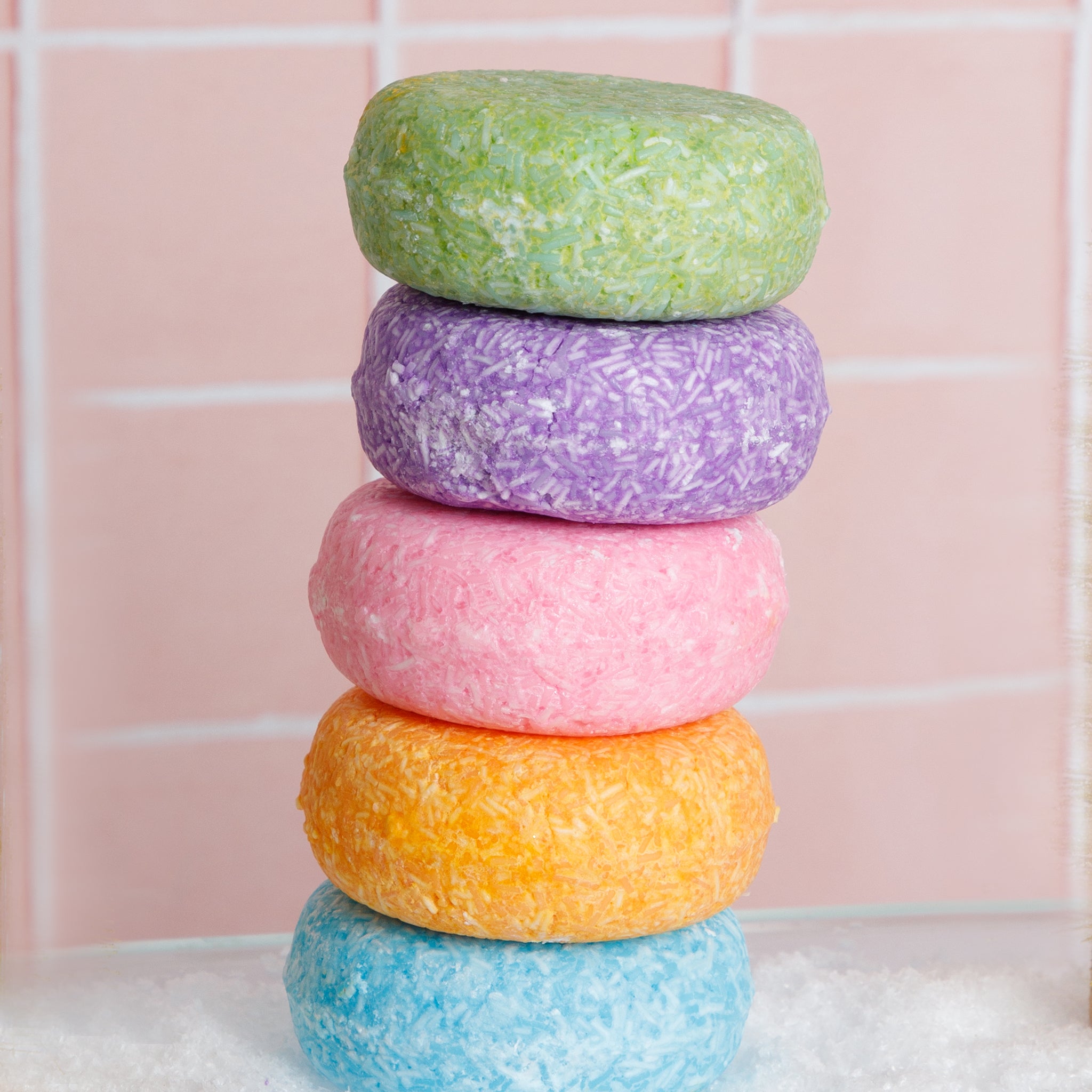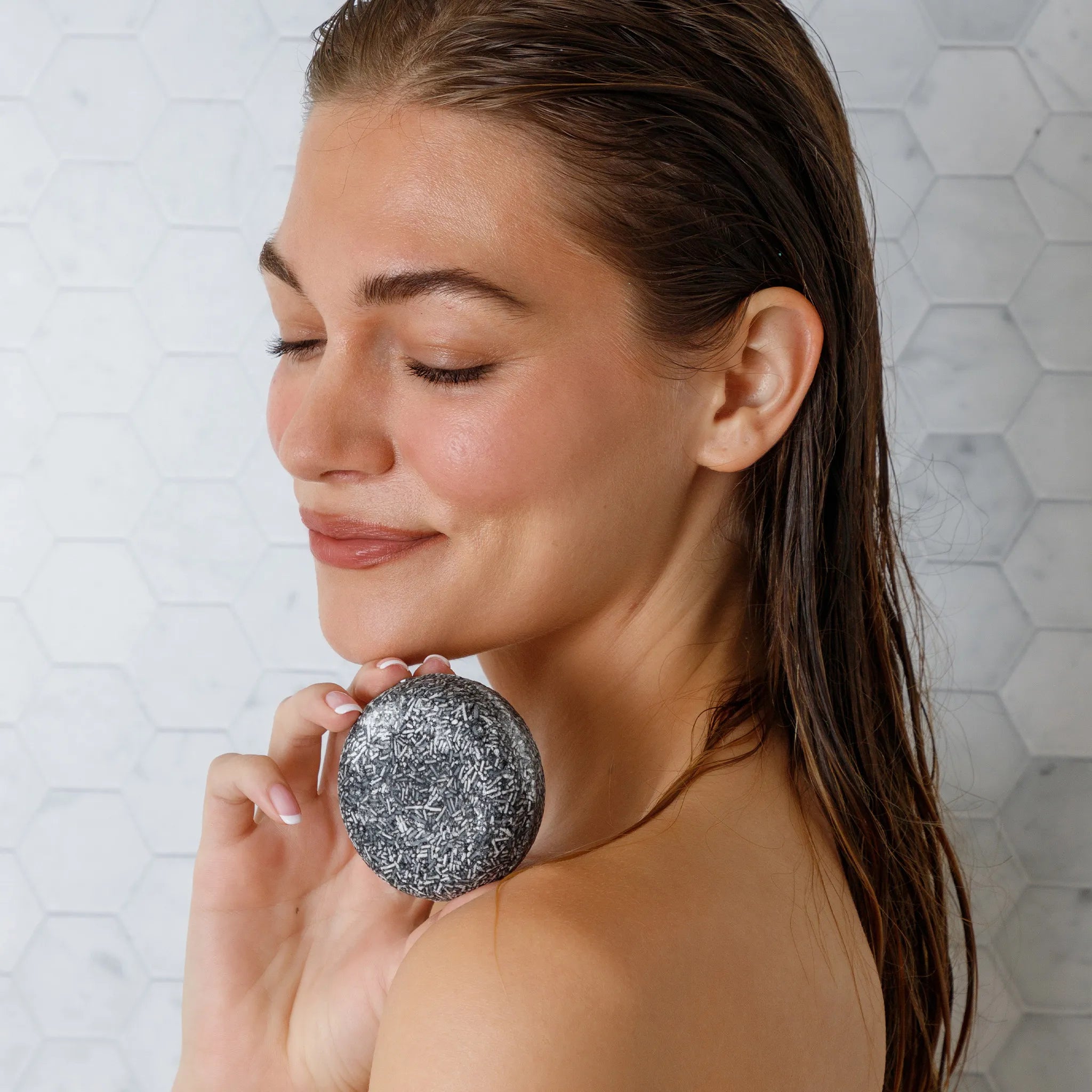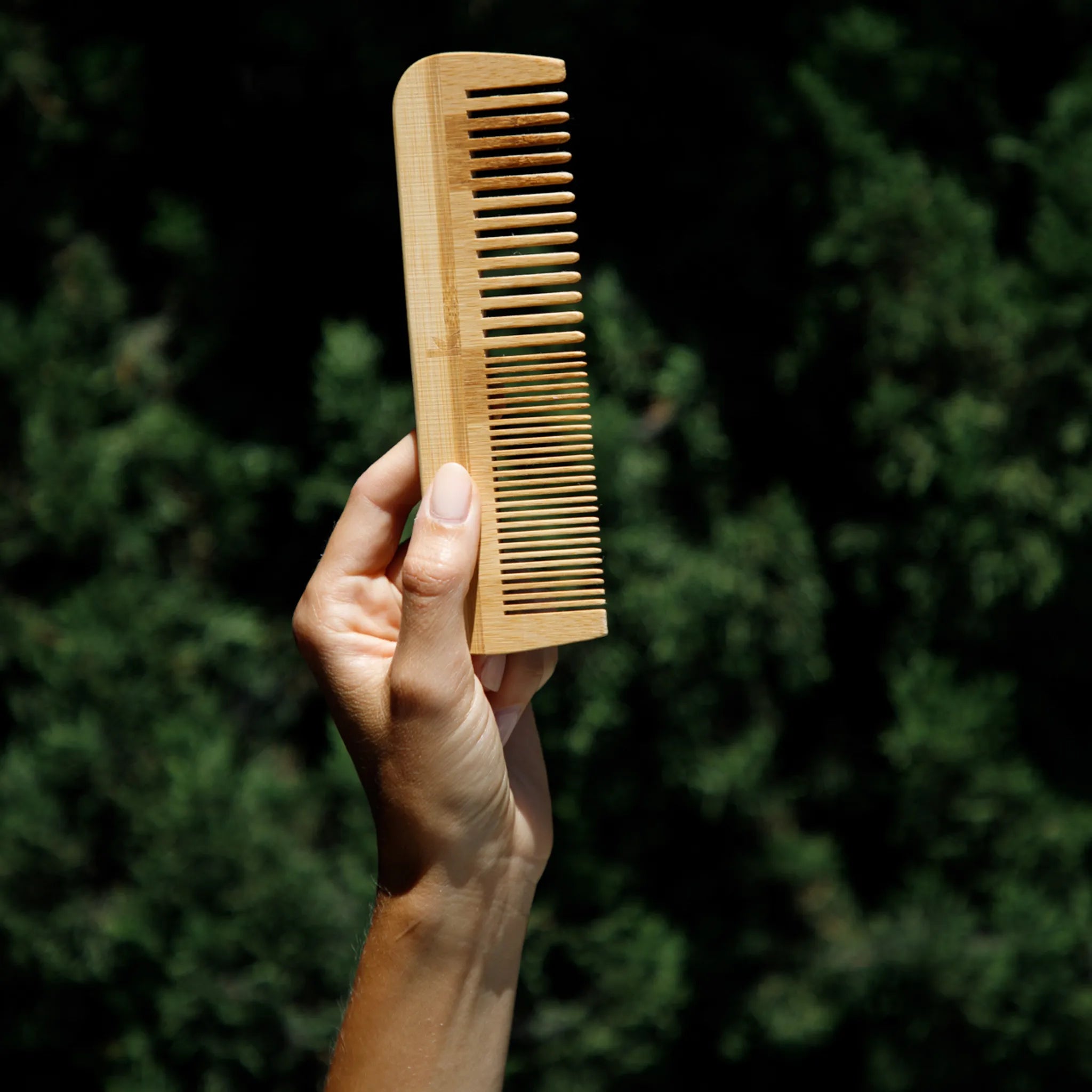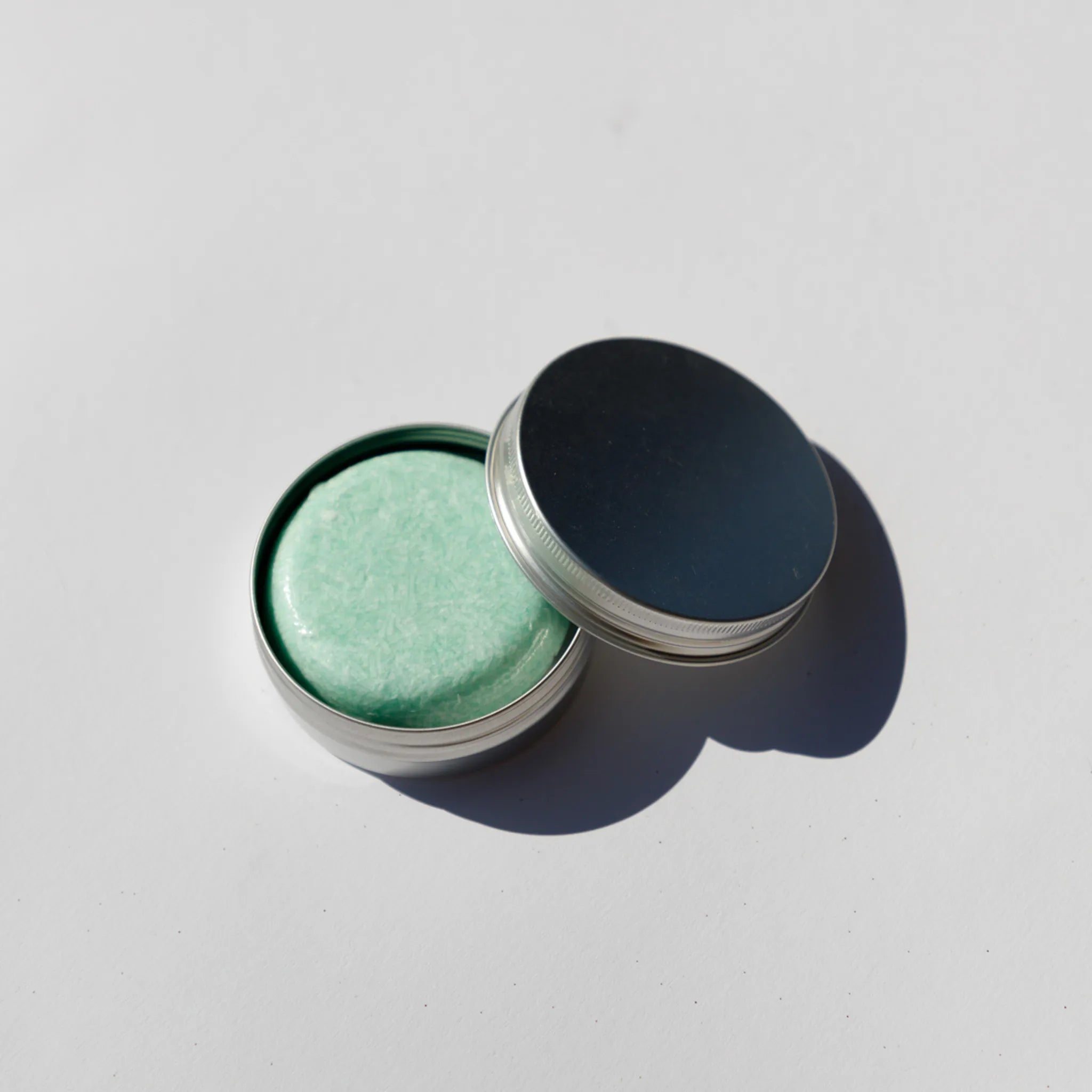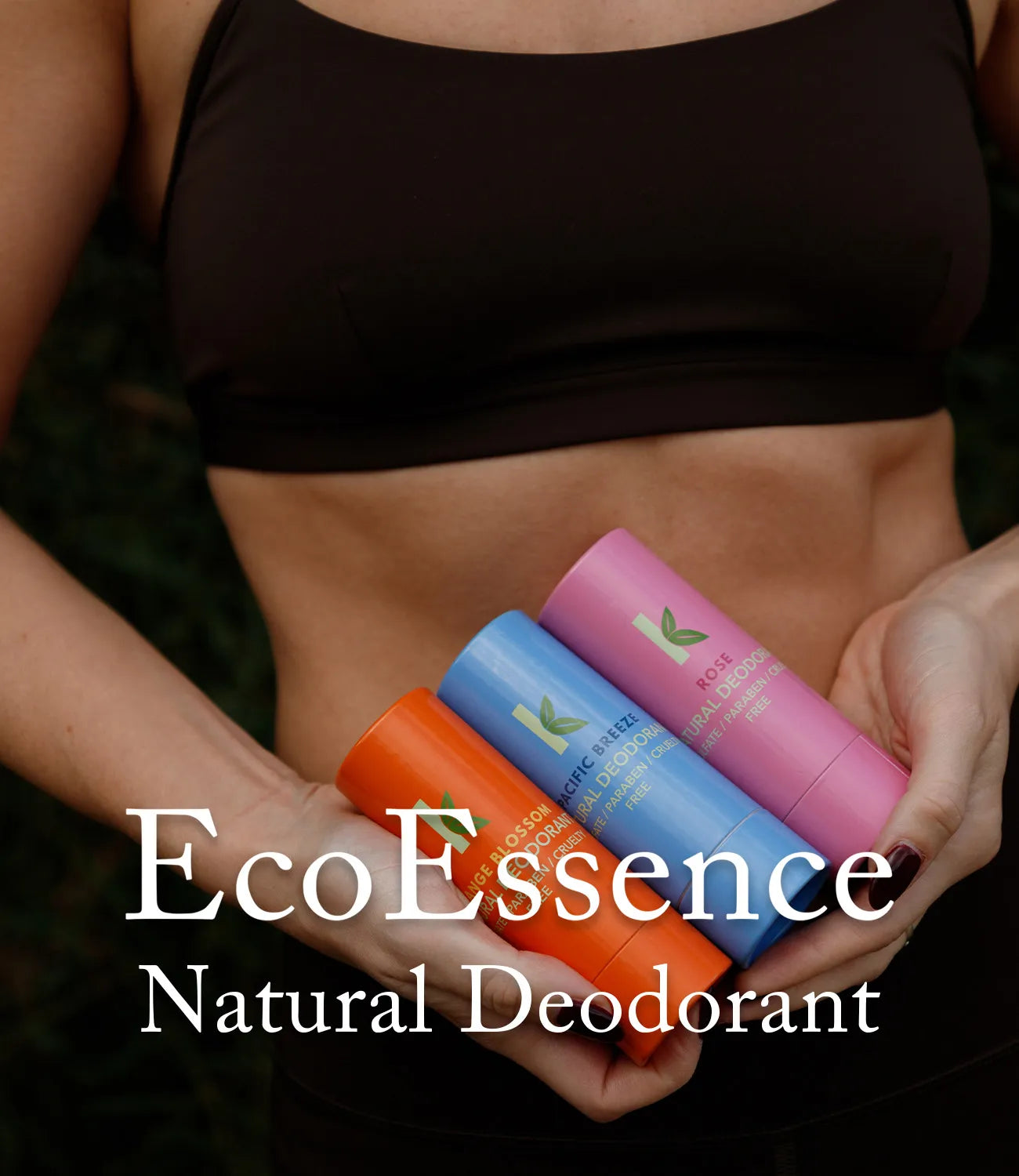Benefits of Shampoo Bars for Damaged Hair
Damaged hair can feel like an endless battle, with frizz, split ends, and brittleness making every day a bad hair day. But what if there was a sustainable, natural solution that could help repair and revive your locks? Enter shampoo bars—an eco-friendly alternative to liquid shampoos that’s not only good for the planet but also packed with benefits for damaged hair.
Unlike traditional shampoos, shampoo bars often contain fewer harsh chemicals and more concentrated, nourishing ingredients. These compact powerhouses are designed to hydrate, strengthen, and restore hair, making them ideal for addressing damage caused by heat styling, chemical treatments, or environmental stressors.
In this blog, we’ll explore why shampoo bars are a game-changer for damaged hair, the key ingredients to look for, and tips to maximize their benefits. Whether you’re looking to repair, protect, or simply make a switch to a more sustainable haircare routine, shampoo bars might be just what your hair needs to bounce back.
Understanding Damaged Hair
Damaged hair is a common concern, but understanding its root causes and symptoms can help you take the first steps toward recovery. Hair damage doesn’t happen overnight—it’s the result of wear and tear over time. Let’s delve into what causes it and how to recognize the signs.
Common Causes of Hair Damage
- Heat Styling Tools: Blow dryers, curling irons, and straighteners expose hair to high temperatures that weaken its natural structure. Over time, this leads to dryness, split ends, and breakage.
- Chemical Treatments: Hair dye, bleaching, perms, and relaxers strip hair of moisture and disrupt the protective cuticle layer, leaving strands vulnerable to further damage.
- Environmental Factors: Sun exposure, wind, and pollution can degrade the hair’s outer layer, making it dull and brittle.
Chlorine from swimming pools and salty seawater also contribute to dryness and roughness.
- Improper Hair Care Practices: Overwashing strips natural oils, while using harsh shampoos or skipping conditioning can dehydrate and weaken hair.
- Diet and Health: Nutritional deficiencies and certain medical conditions may prevent hair from receiving the nourishment it needs to stay healthy.
Signs of Damaged Hair
- Split Ends: One of the most visible signs, split ends occur when the protective outer layer of hair is compromised, causing strands to fray.
- Dryness and Frizz: Damaged hair often struggles to retain moisture, leading to a rough texture and frizzy appearance.
- Brittleness and Breakage: Weak, damaged hair is prone to snapping or breaking, especially during brushing or styling.
- Lack of Shine: Healthy hair reflects light, but damaged hair appears dull and lifeless due to its rough surface and lack of moisture.
Understanding these causes and signs can help you choose the right solutions, like shampoo bars formulated with nourishing ingredients to repair and revitalize damaged hair. In the next section, we’ll explore what makes shampoo bars an excellent choice for restoring health and strength to your locks.
The Importance of Scalp Care for Damaged Hair
When repairing damaged hair, it’s essential not to overlook the scalp. A healthy scalp lays the foundation for stronger, healthier hair, as it’s where the hair follicles—the growth centers—are housed. Neglecting scalp care can impede hair recovery and growth, so let’s explore how to nurture your scalp effectively.
How Shampoo Bars Help Scalp Health
- Gentle Cleansing Without Stripping: Many shampoo bars are free from harsh sulfates, which can strip the scalp of its natural oils. This makes them ideal for soothing and nourishing the scalp.
- Natural Ingredients for Scalp Care: Ingredients like tea tree oil, aloe vera, and rosemary in shampoo bars can reduce irritation, hydrate the scalp, and boost circulation.
- Exfoliating Texture: The act of rubbing a shampoo bar on the scalp can provide a gentle exfoliating effect, removing buildup and promoting a clean environment for healthy hair growth.
Scalp Massages, Exfoliation, and Moisturizing Treatments to Enhance Recovery
- Scalp Massages: Stimulates blood circulation, delivering oxygen and nutrients to the hair follicles. Use your fingertips to gently massage your scalp in circular motions for 5–10 minutes daily. For added benefits, incorporate a nourishing oil like argan, jojoba, or rosemary oil.
- Scalp Exfoliation: Removes product buildup, dead skin cells, and excess oil that can clog follicles. Use a gentle scalp scrub once a week. Look for scrubs with fine particles and soothing ingredients to avoid irritation.
- Moisturizing Treatments: Prevents dryness, flakiness, and irritation, which can compromise scalp health. Apply a hydrating mask or oil treatment to your scalp once a week, letting it sit for 10–15 minutes before rinsing. Ingredients like aloe vera, honey, or shea butter work wonders for hydration.
Pro Tip: Pair Scalp Care with Consistent Practices
- Wash your hair with a shampoo bar 2–3 times a week to avoid over-cleansing.
- Protect your scalp from sun damage by wearing a hat or using hair products with UV protection.
- Stay hydrated and maintain a balanced diet rich in vitamins and minerals that promote scalp health.
By incorporating scalp care into your routine, you’ll create the ideal environment for your hair to recover, grow, and thrive. Up next, we’ll explore the powerful natural ingredients to look for in shampoo bars for damaged hair!
How to Use Shampoo Bars for Best Results
Using shampoo bars effectively can make all the difference in repairing and protecting damaged hair. Here’s a step-by-step guide to maximize their benefits and maintain healthy locks.
Proper Techniques to Lather and Rinse for Damaged Hair
- Start with Wet Hair: Thoroughly wet your hair with lukewarm water. Avoid using hot water, as it can strip moisture and further dry out damaged strands.
- Activate the Lather: Wet the shampoo bar and rub it between your hands to create a rich lather. Alternatively, gently glide the bar directly onto your scalp in circular motions.
- Focus on the Scalp: Apply the lather primarily to your scalp, as this is where most oil and dirt accumulate. Damaged ends don’t need as much cleansing and will benefit from the runoff as you rinse.
- Massage Gently: Use your fingertips—not nails—to massage your scalp in a gentle, circular motion. This stimulates blood flow and minimizes friction, which can worsen breakage.
- Rinse Thoroughly: Rinse your hair thoroughly with lukewarm or cool water to remove all product residue. Cool water helps seal the cuticle, leaving hair smoother and shinier.
Pairing with a Hydrating Conditioner or Leave-In Treatment
- Hydrating Conditioner: Follow up with a conditioner bar or liquid conditioner designed for damaged hair. Focus on the mid-lengths to ends, where damage is most pronounced, and leave it in for a few minutes before rinsing.
- Leave-In Treatments: Apply a lightweight leave-in conditioner or serum to provide extra hydration and protection. Look for ingredients like argan oil, shea butter, or keratin to fortify and smooth damaged strands.
- Deep Conditioning: Incorporate a weekly deep-conditioning treatment or hair mask for intense hydration and repair.
Tips for Minimizing Further Damage While Washing
- Avoid Hot Water: Hot water can dry out hair and open the cuticle too much, leading to frizz and roughness. Stick to lukewarm or cool water instead.
- Be Gentle When Towel-Drying: Skip rough towel drying, which can cause breakage. Instead, gently blot your hair with a soft microfiber towel or cotton T-shirt.
- Detangle with Care: Use a wide-tooth comb to detangle your hair while it’s damp, starting from the ends and working your way up to prevent breakage.
- Limit Washing Frequency: Overwashing can strip natural oils that protect hair. Aim to wash 2–3 times a week, depending on your hair type and activity level.
By following these steps and pairing your shampoo bar with hydrating treatments, you can nourish your hair while minimizing further damage. Next, let’s explore the key ingredients to look for in shampoo bars for damaged hair!
Shampoo Bar Benefits Beyond Repair
- Shampoo bars offer more than just a solution for damaged hair; they provide long-term benefits that help maintain healthy, manageable hair over time. These benefits go beyond simple repair and contribute to the overall vitality of your hair.
- One of the key advantages is enhanced manageability. Shampoo bars are often formulated with natural oils and butters that help smooth the hair cuticle, making hair easier to detangle and style. Unlike liquid shampoos, which can sometimes leave residue behind, shampoo bars tend to leave hair feeling lightweight and manageable.
- Another significant benefit is the reduction of split ends. Many shampoo bars are enriched with ingredients like keratin, shea butter, and argan oil, which help strengthen hair and prevent breakage. These nourishing ingredients also improve moisture retention, which is essential for reducing the dryness that often leads to split ends.
- Improved elasticity is another long-term advantage of using shampoo bars. Elasticity refers to hair’s ability to stretch without breaking, and it is crucial for maintaining healthy, strong strands. Shampoo bars with proteins and vitamins help restore this elasticity, making hair more resilient to damage. For those with curly or wavy hair, this is particularly important for preserving natural texture and bounce.
Start Your Hair Repair Journey Today
Whether you're dealing with dry, brittle strands or simply want to boost your hair's overall health, shampoo bars provide the ideal solution. Their natural ingredients work to repair, hydrate, and protect damaged hair, giving you the best chance for long-lasting results. Make the switch today, and experience the transformative power of shampoo bars for yourself. With the right care and routine, you can say goodbye to damaged hair and hello to stronger, healthier locks.





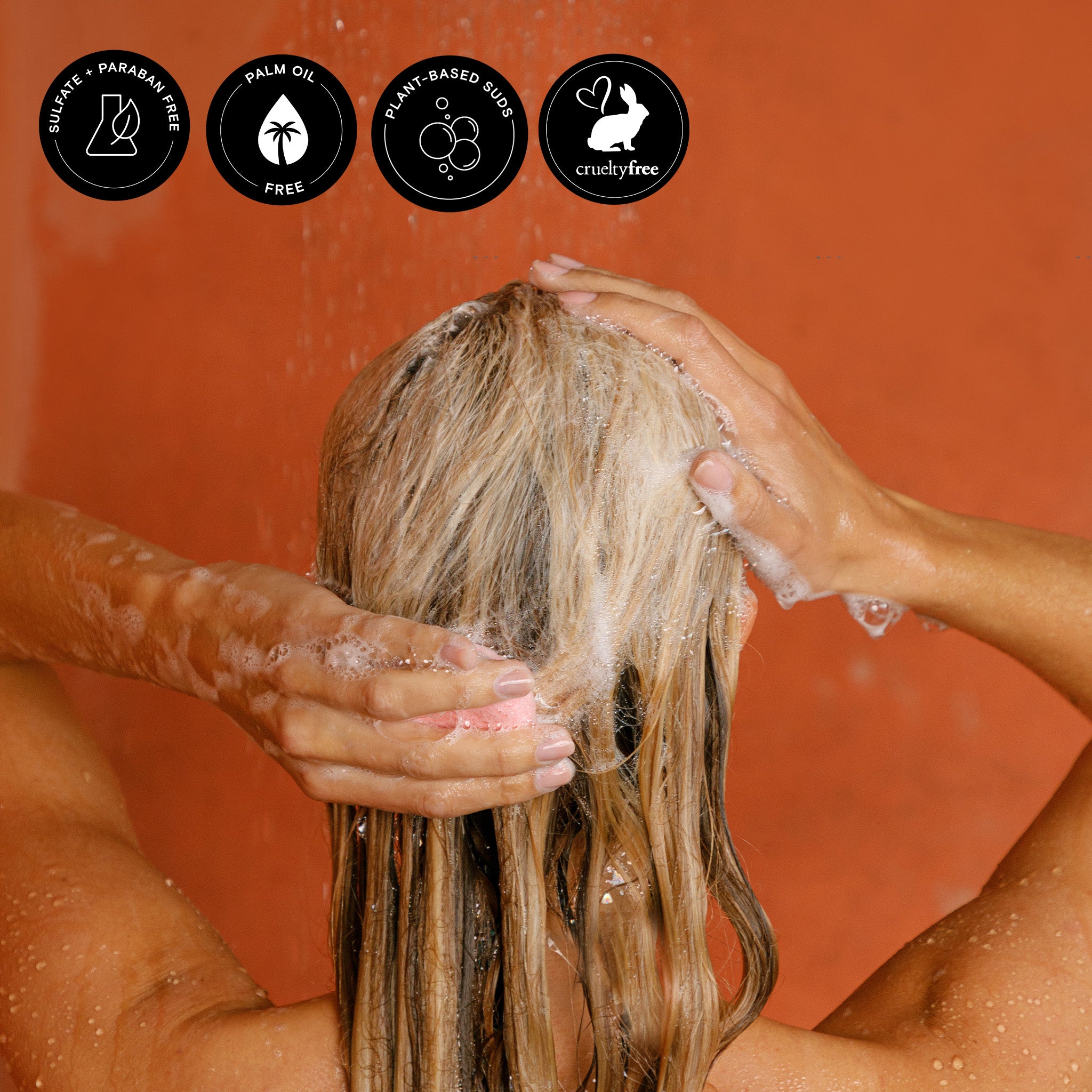



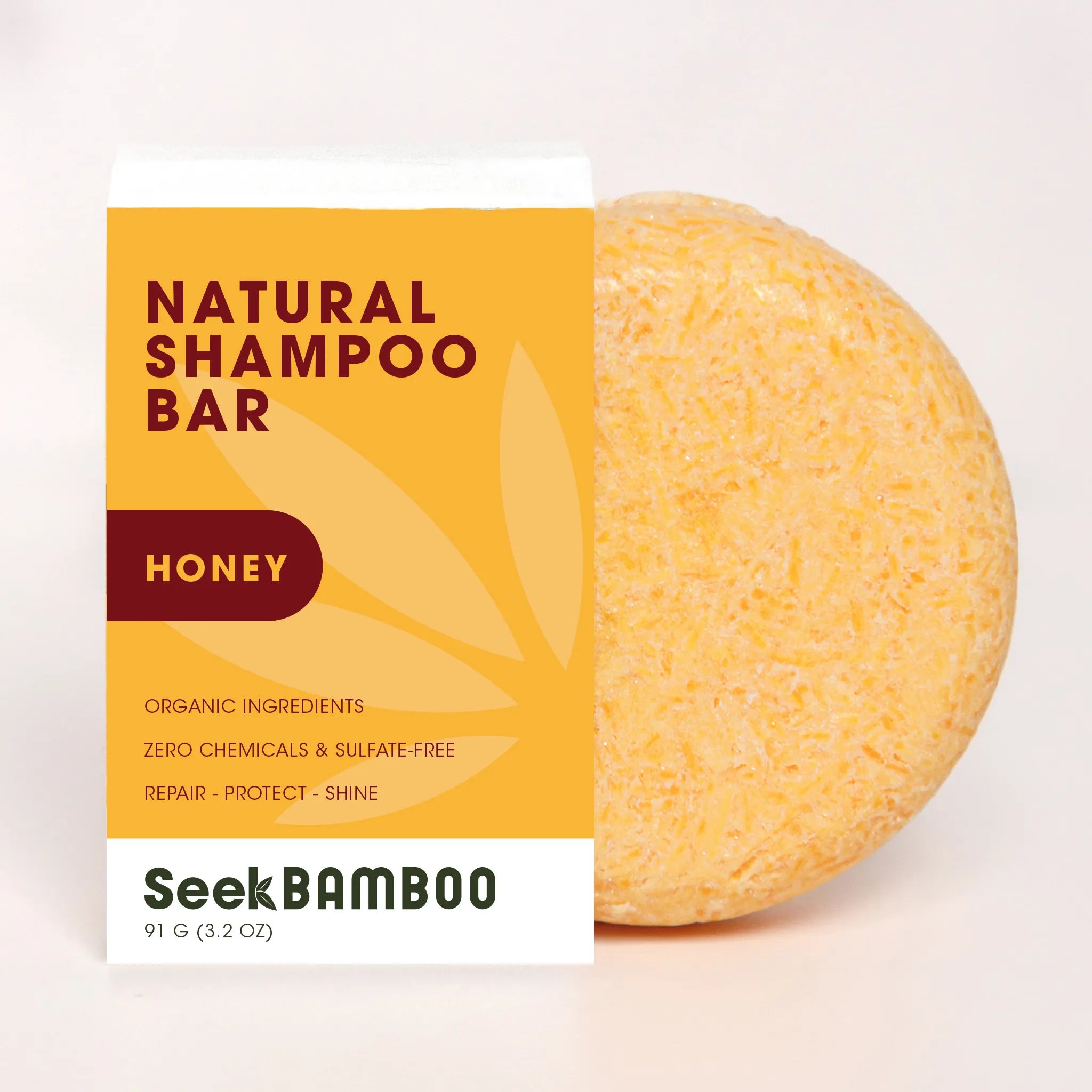












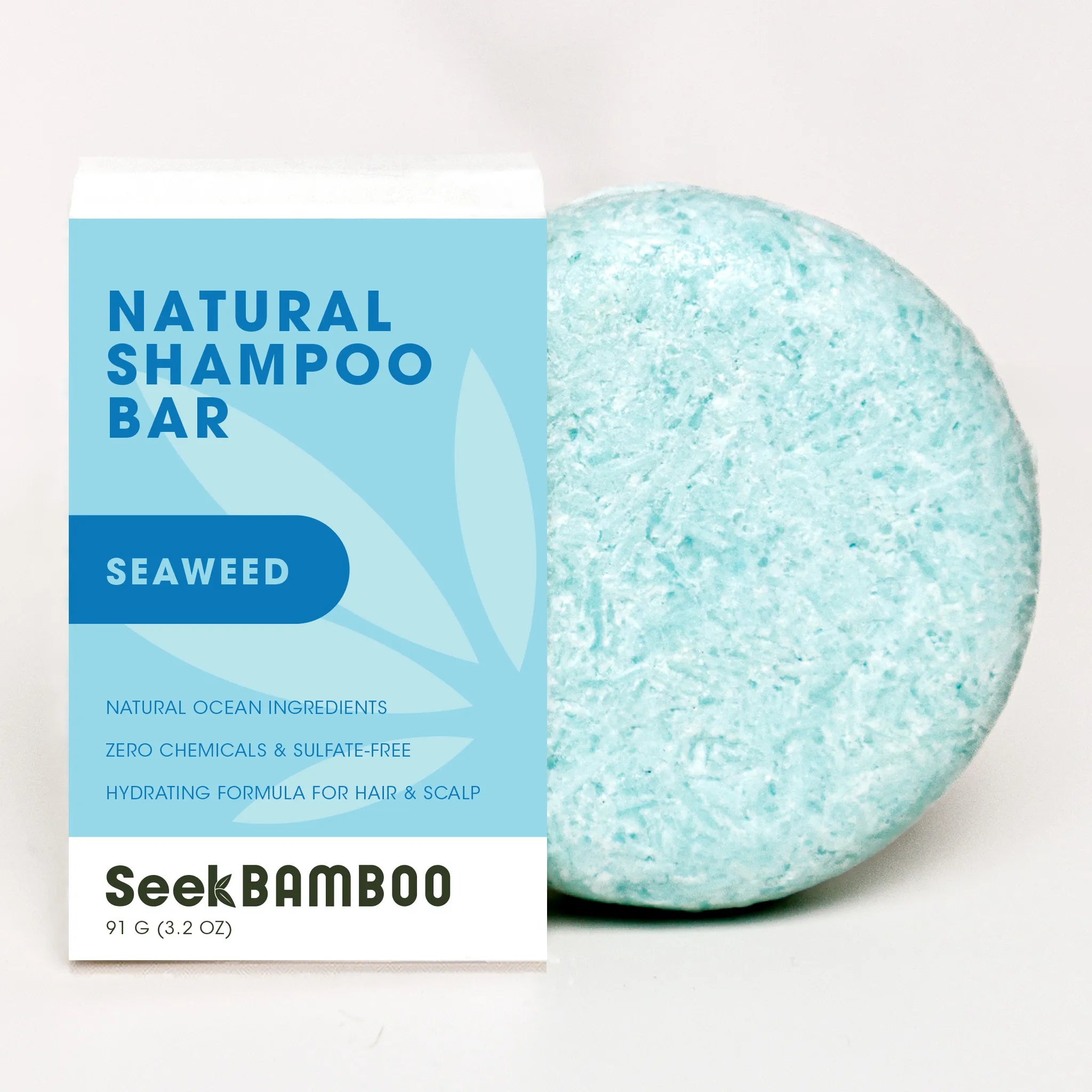





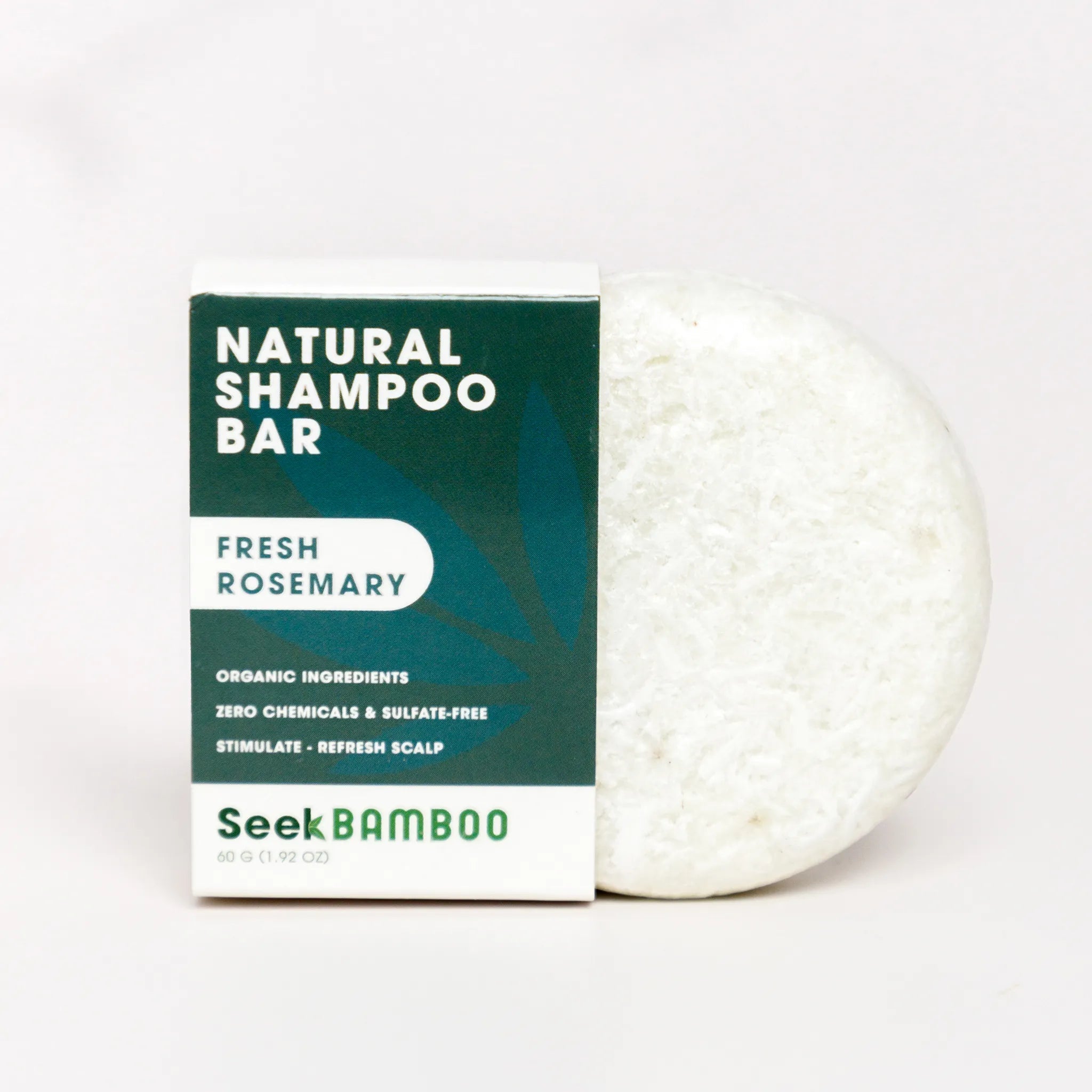



















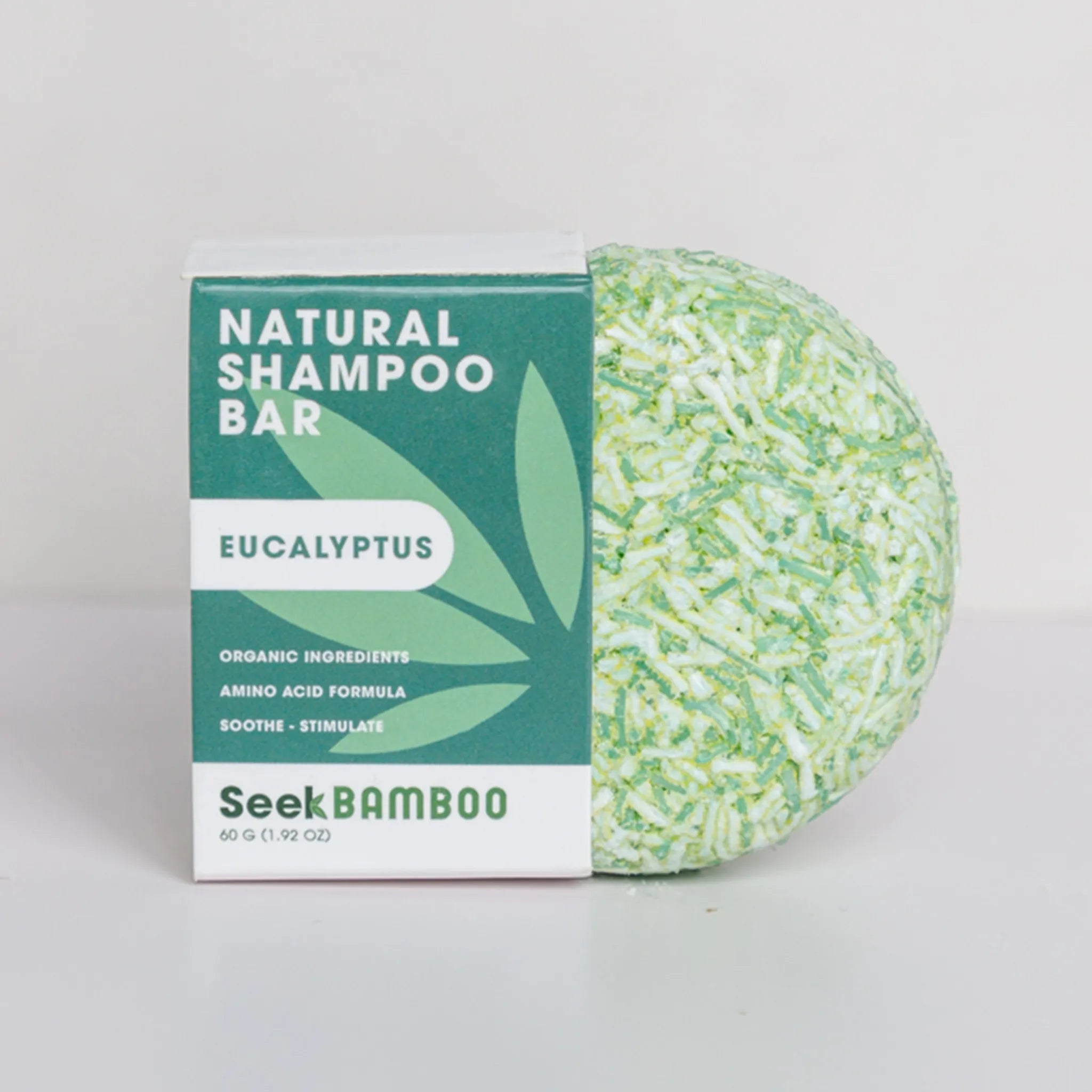

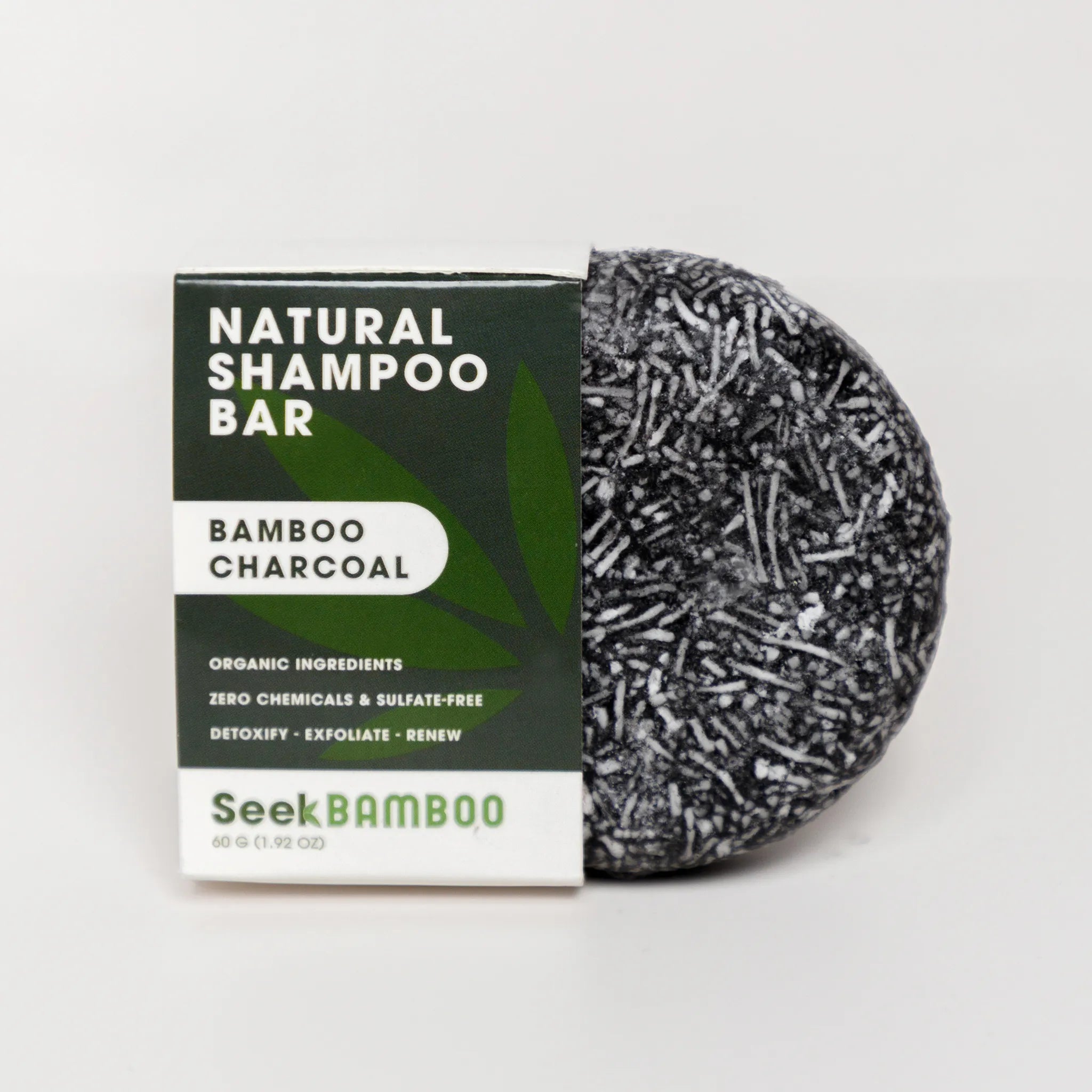


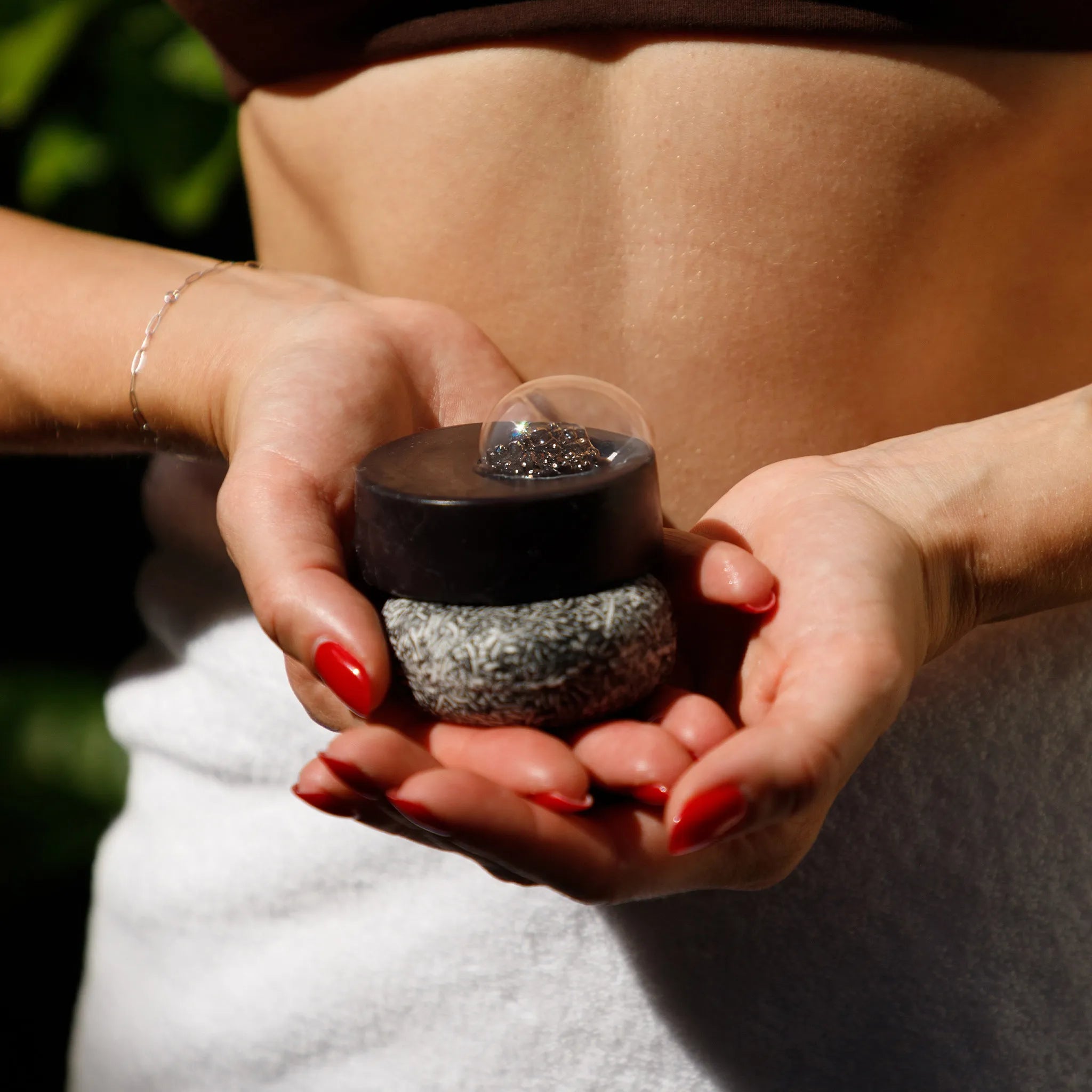













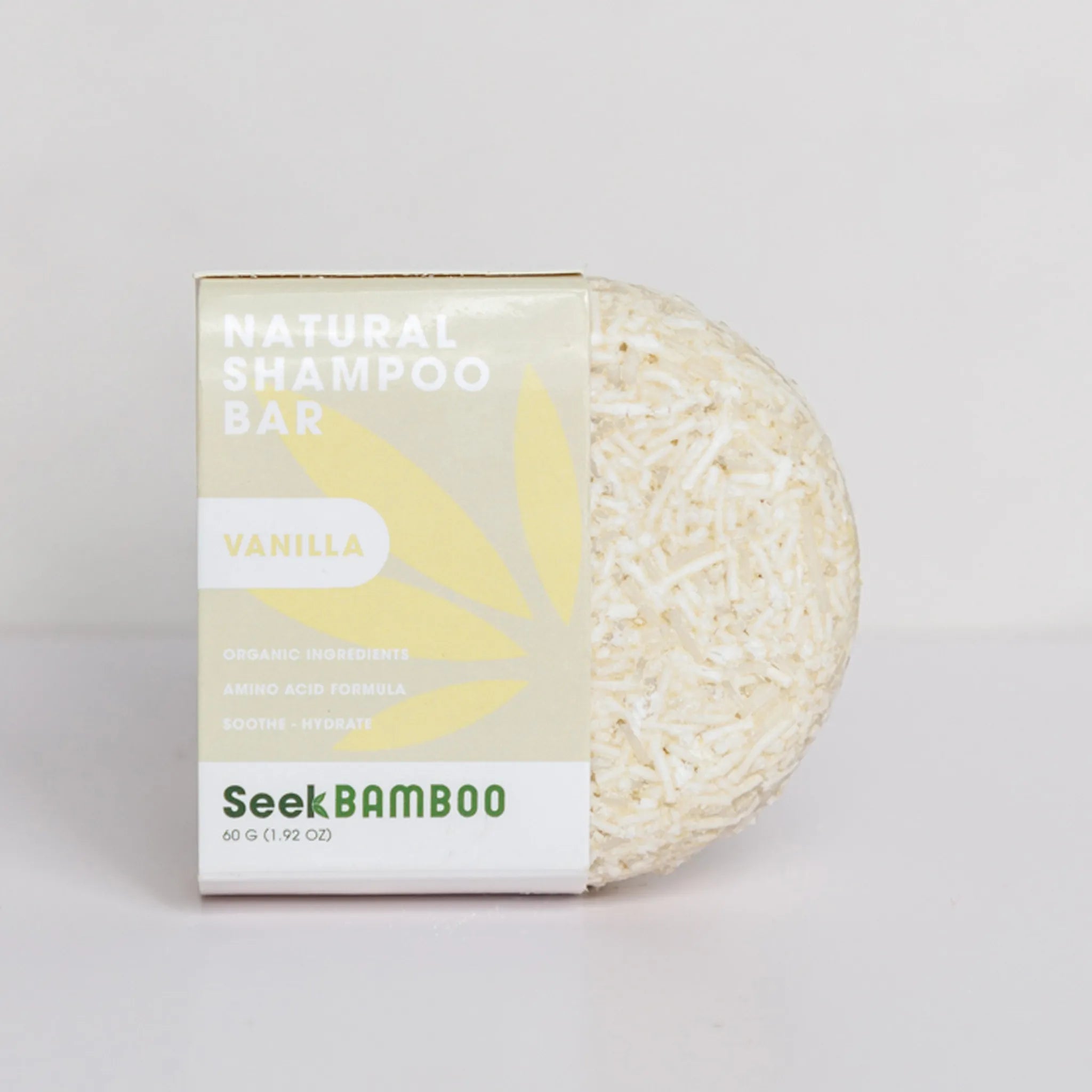






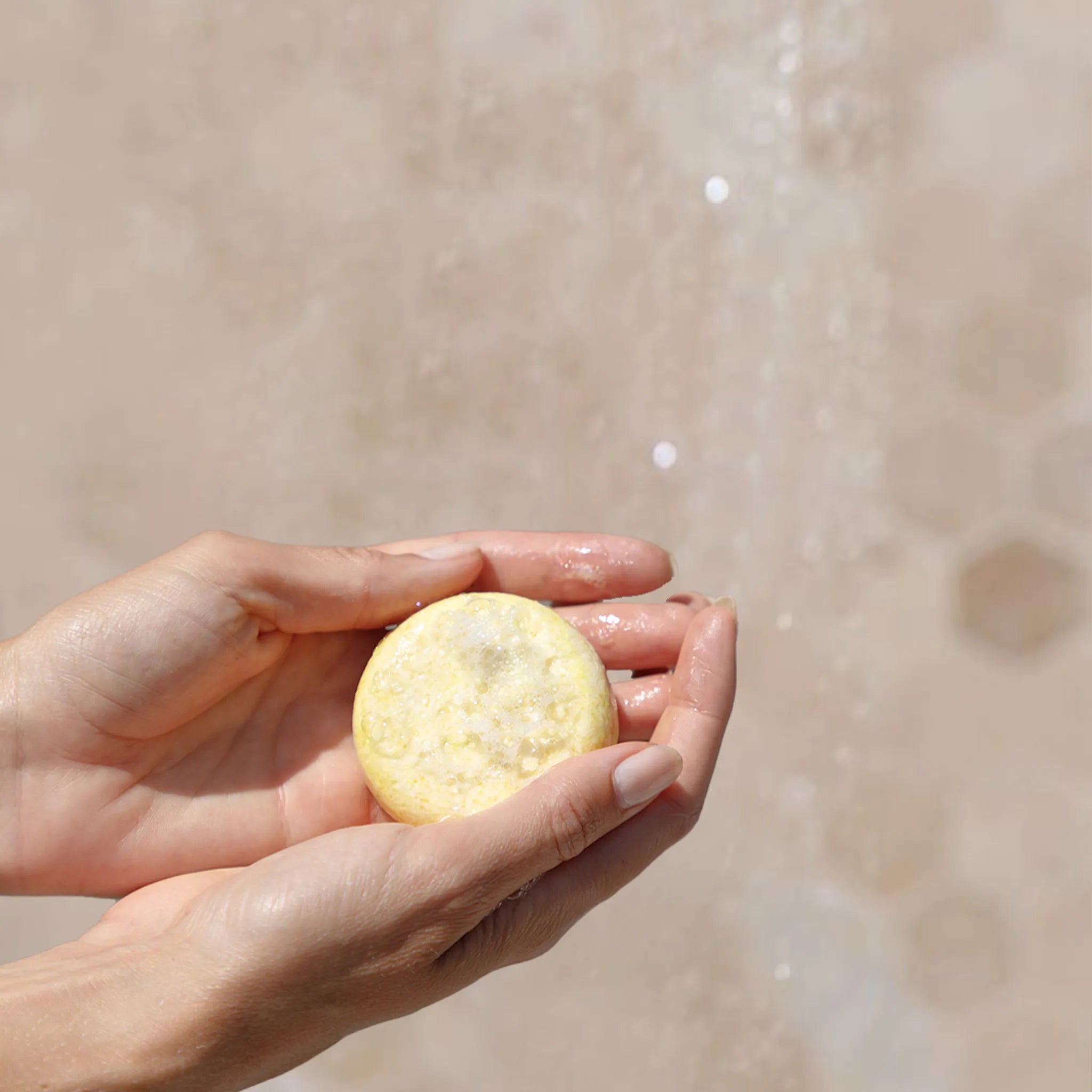





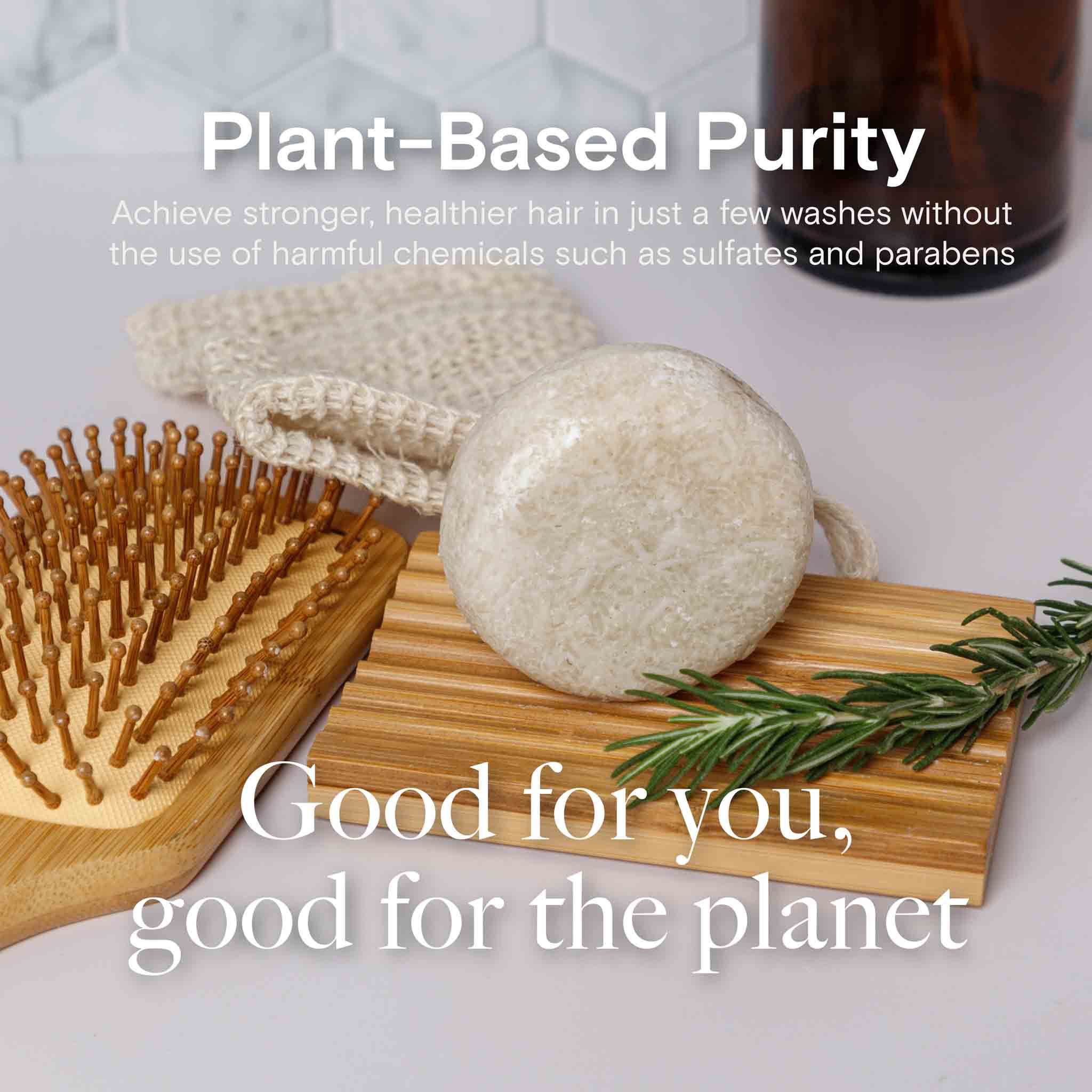




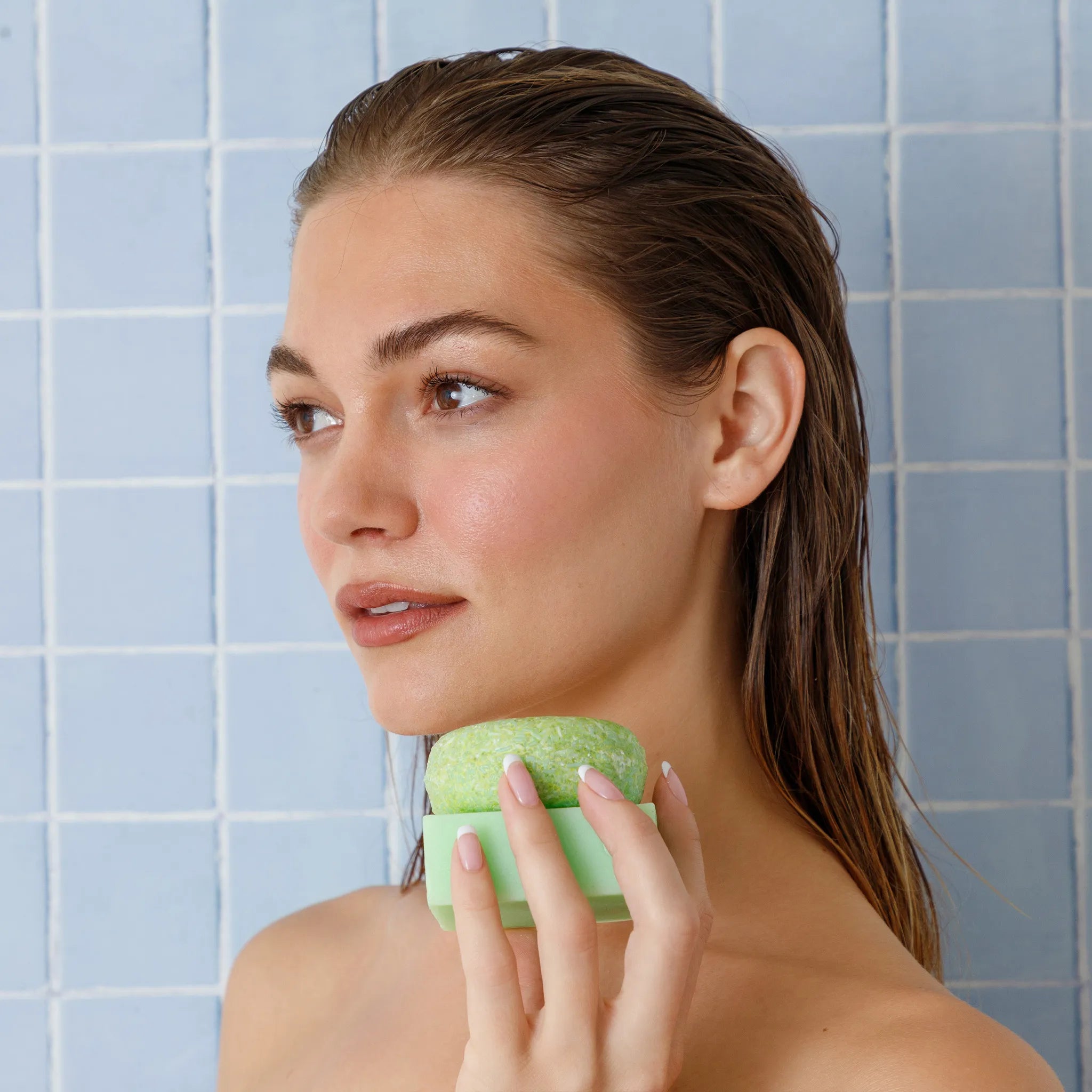










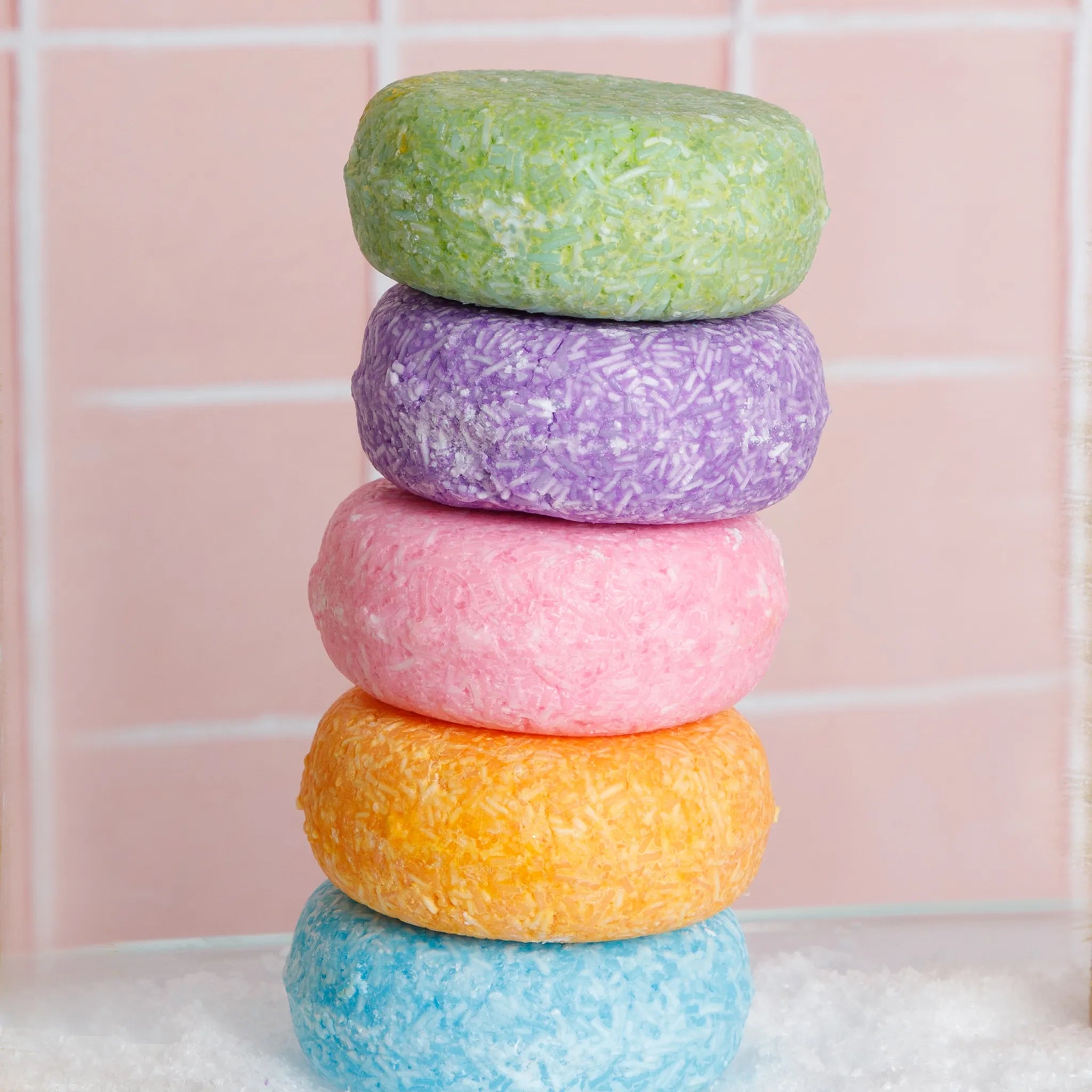








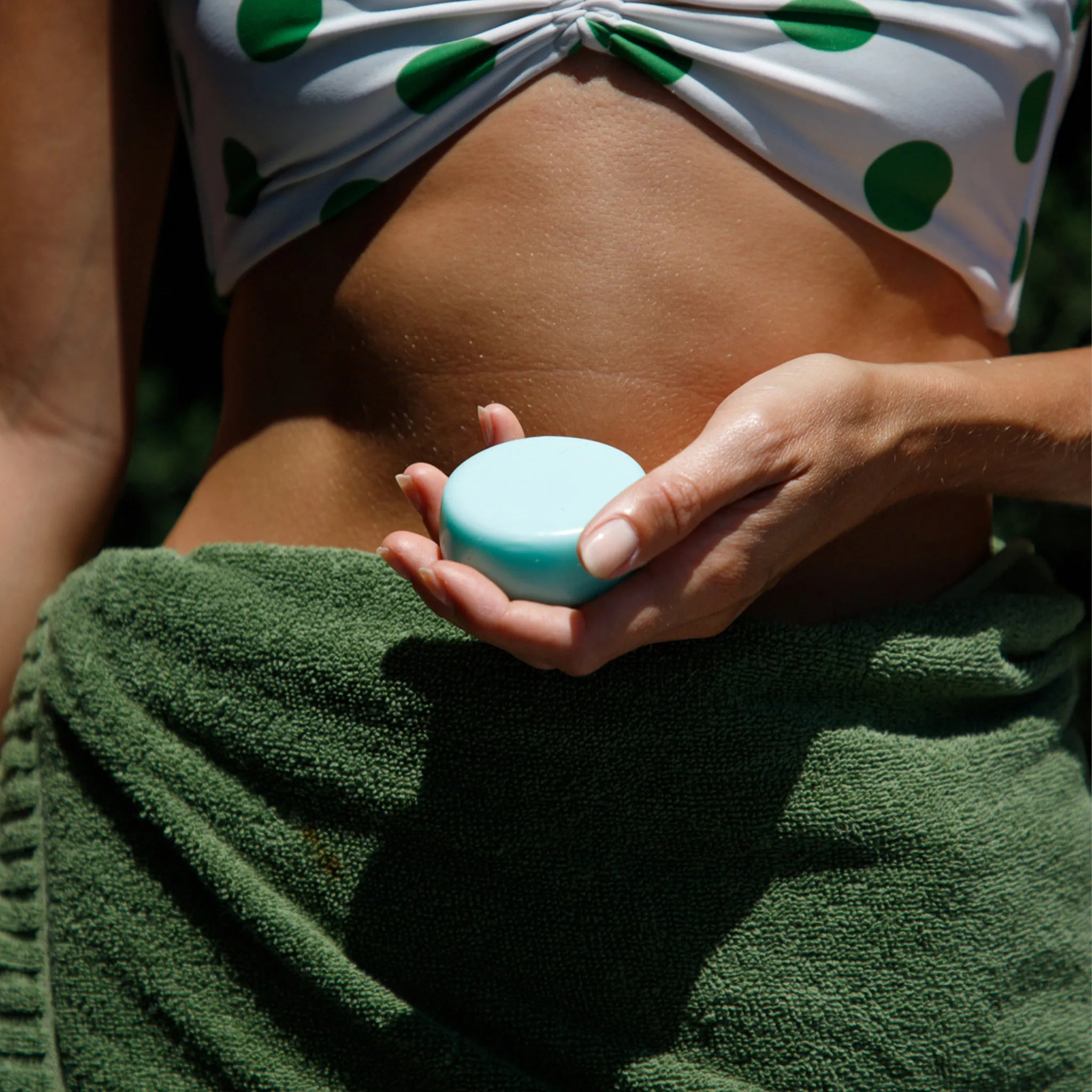




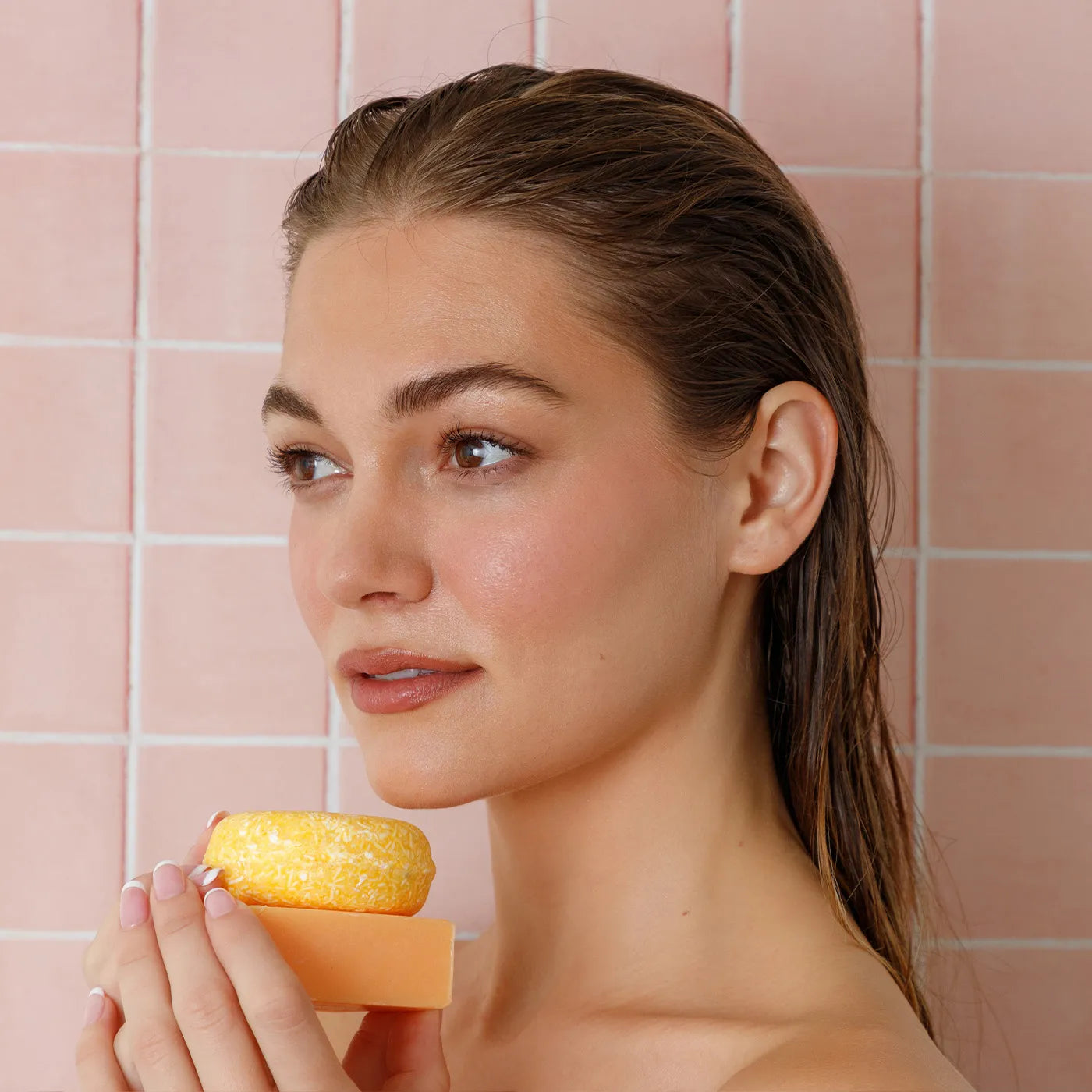




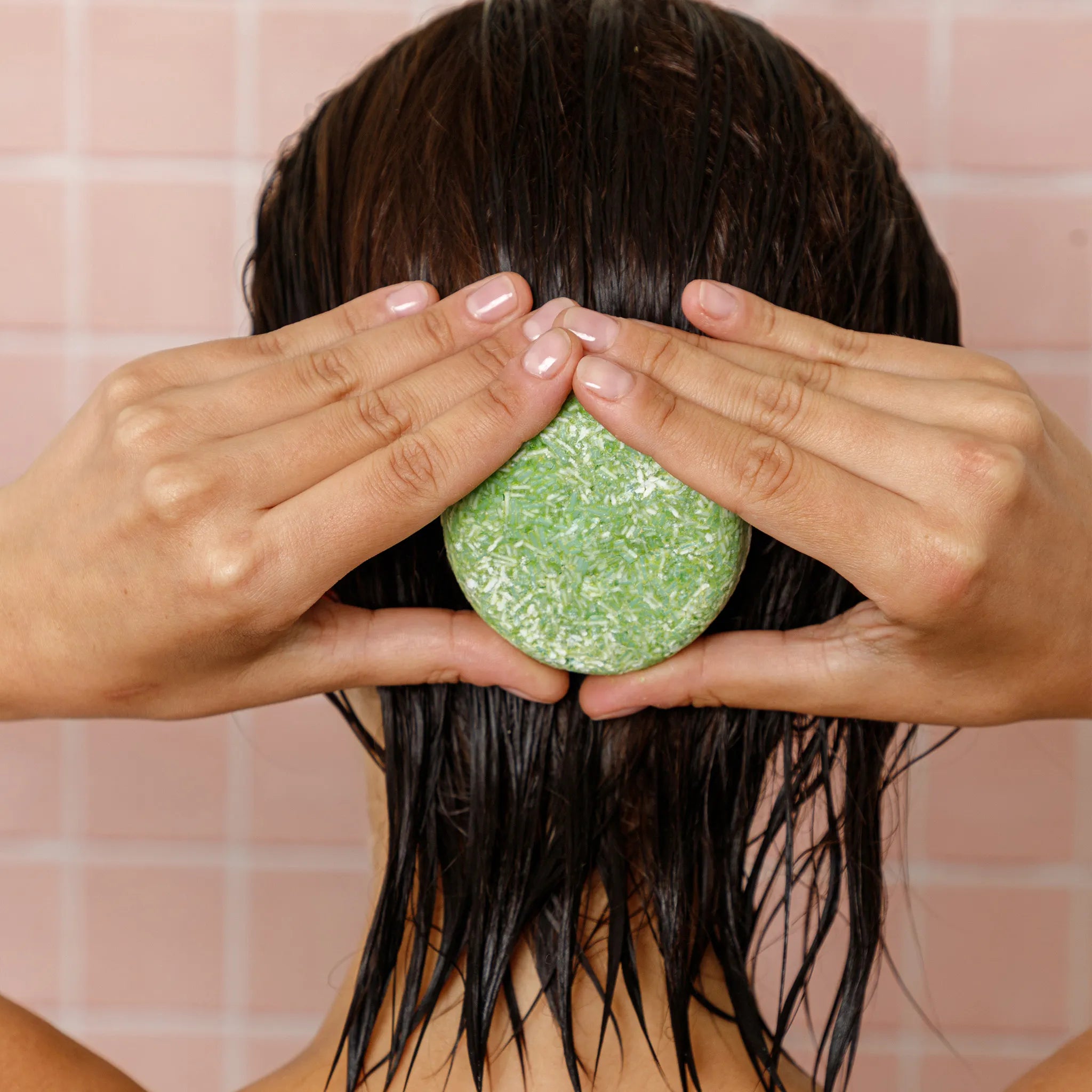









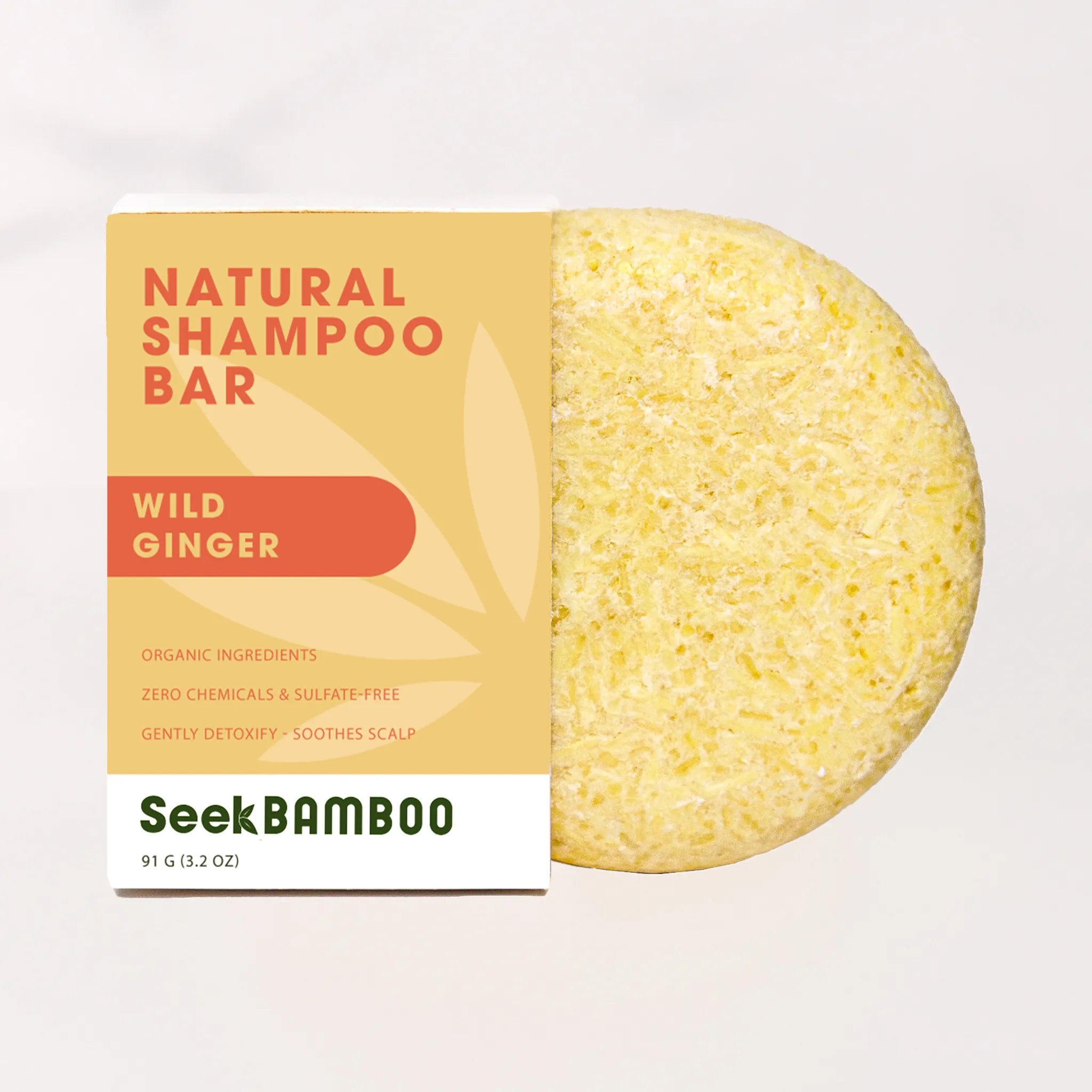



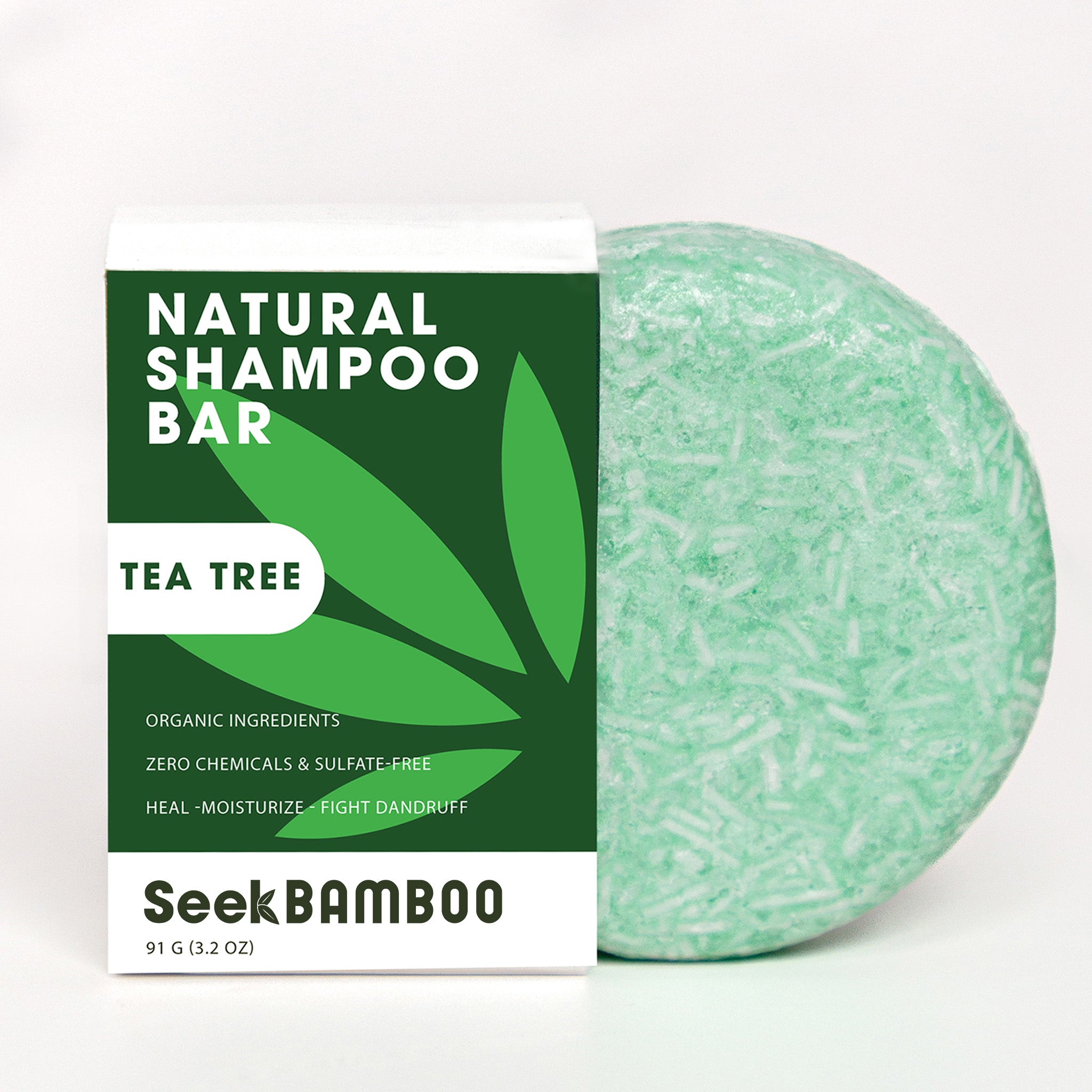












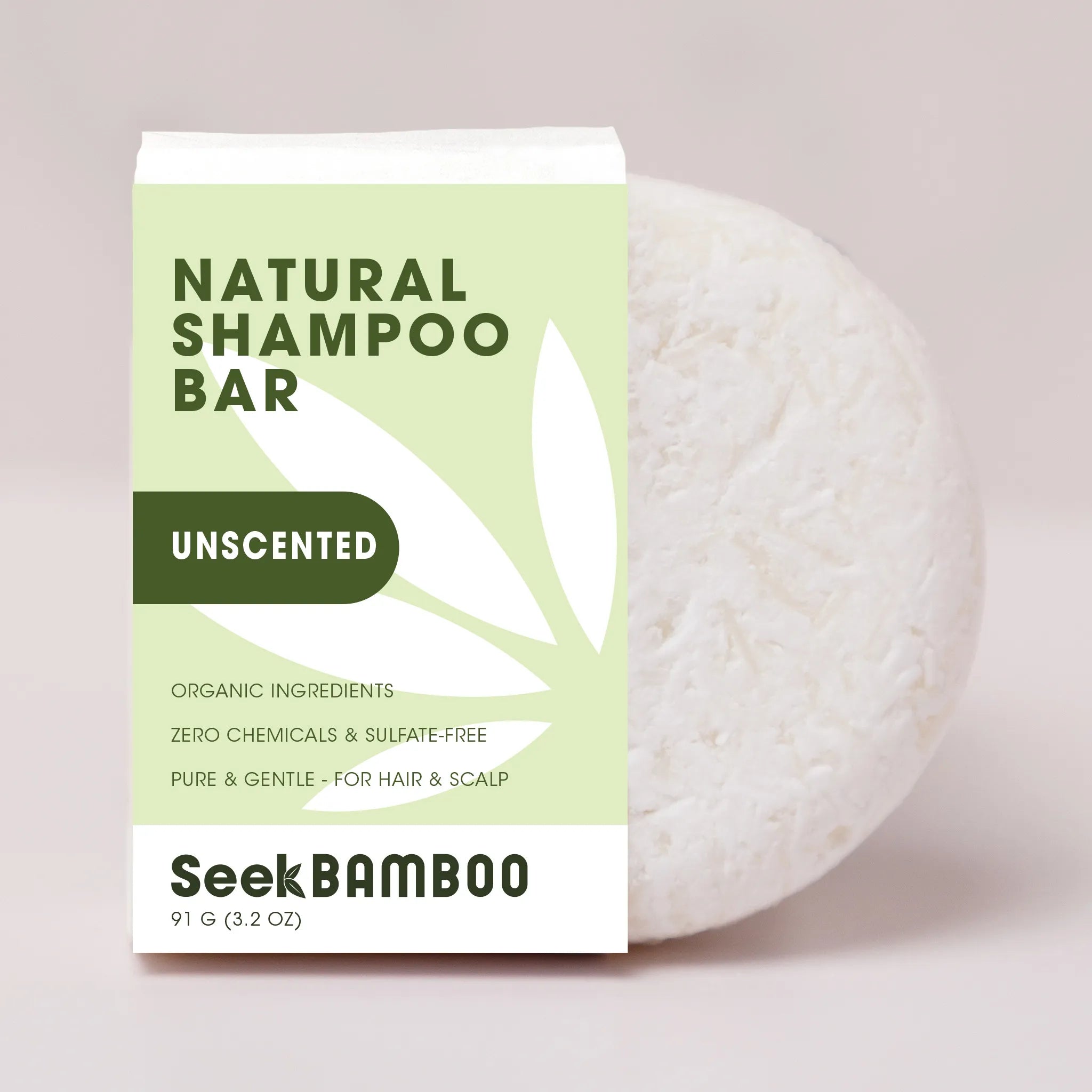




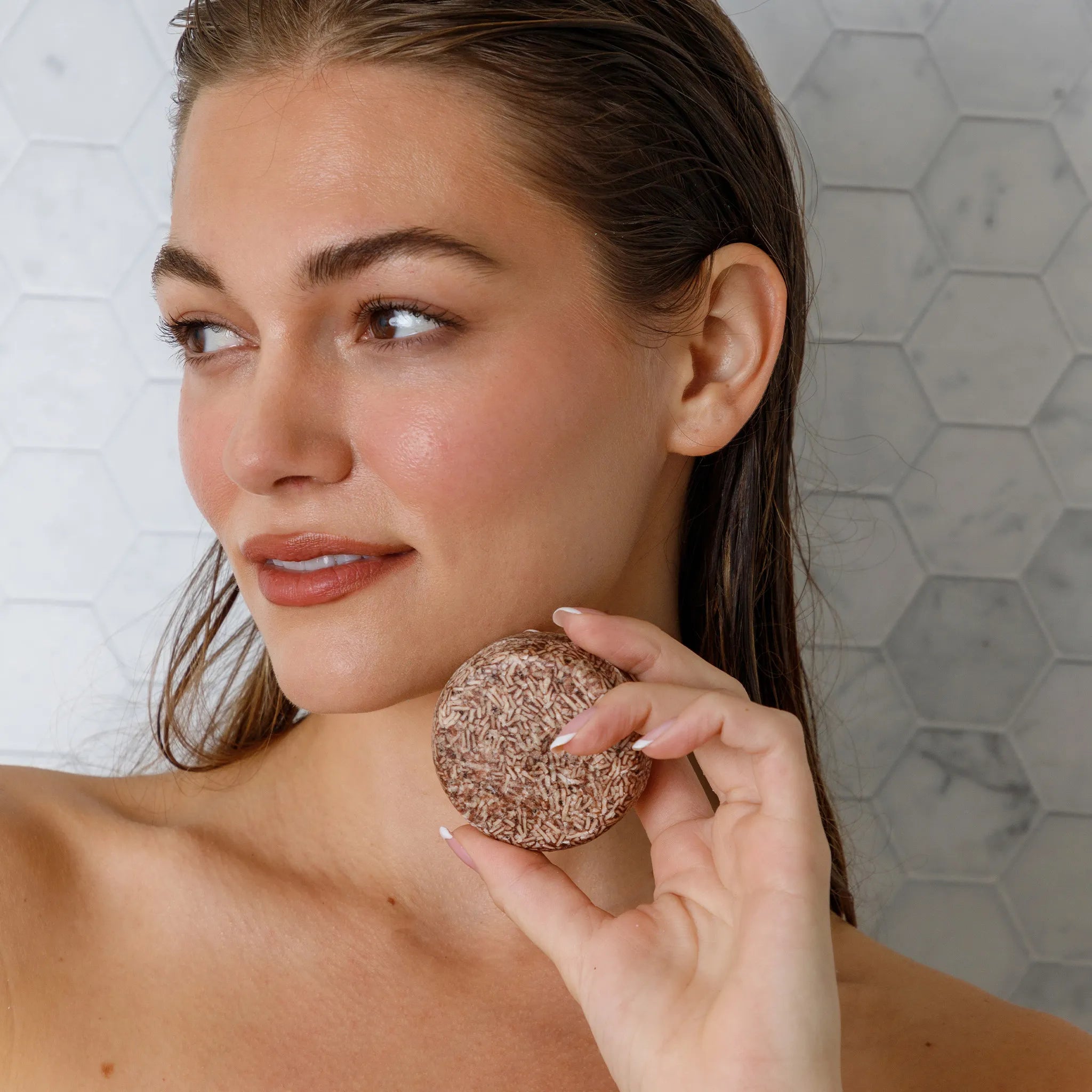








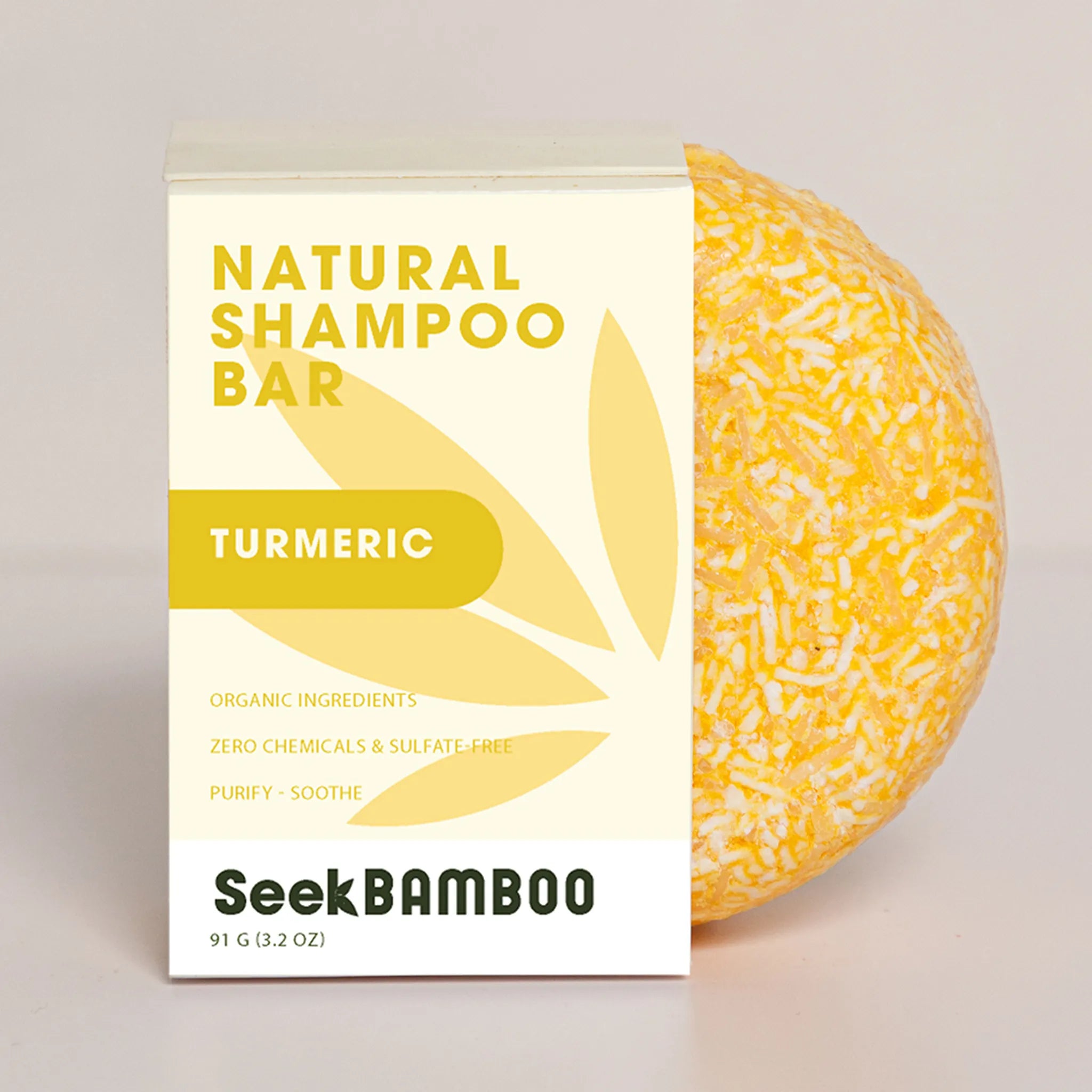

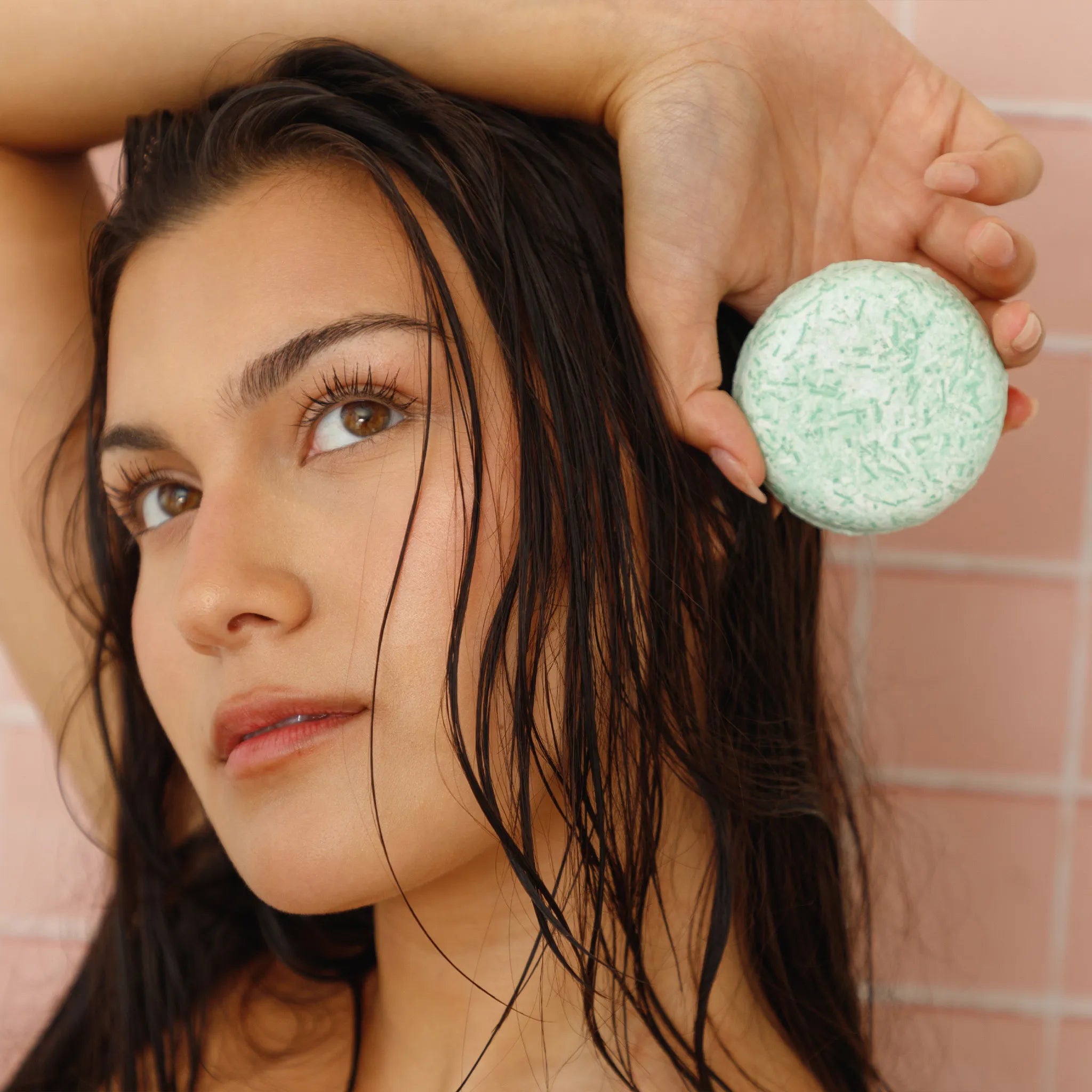







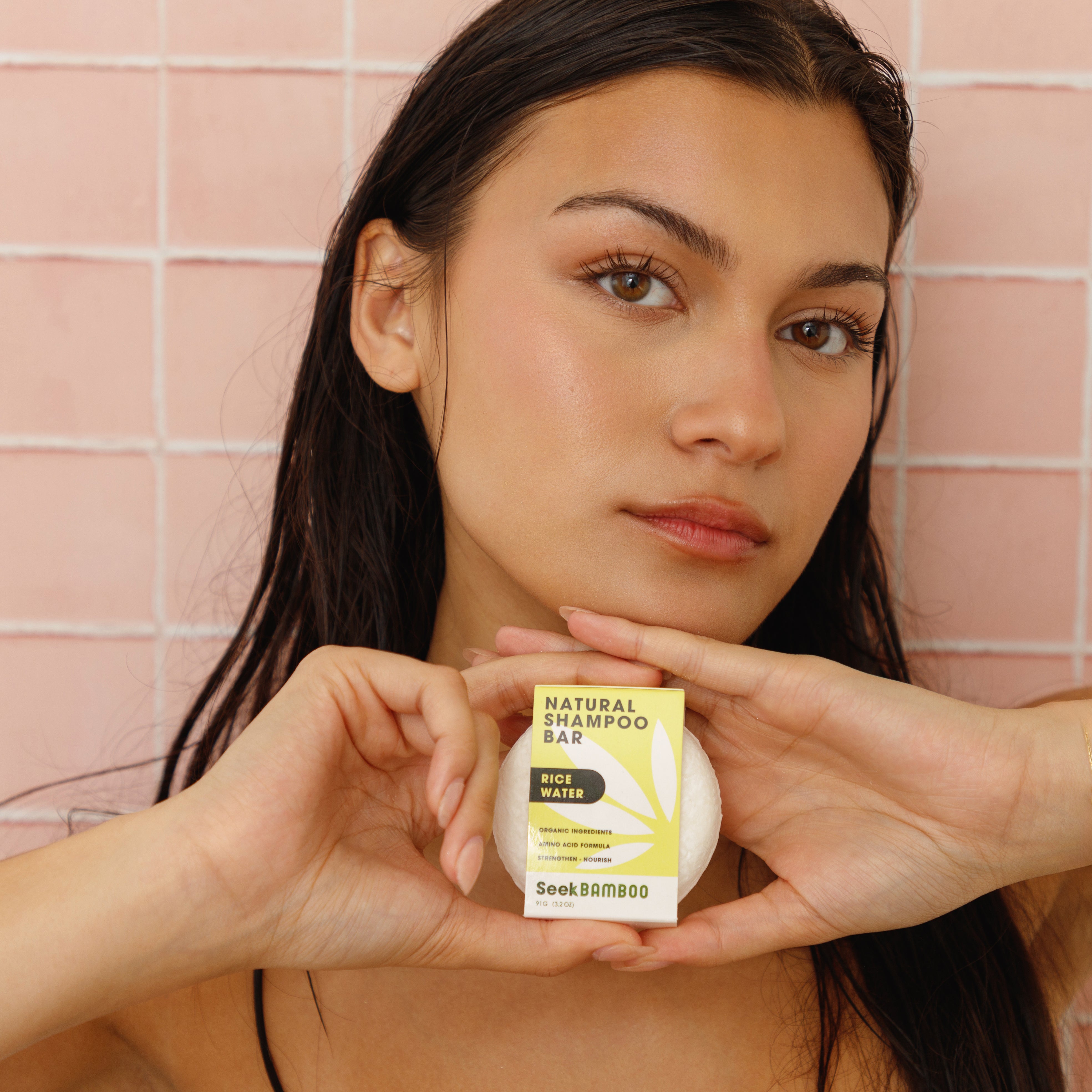

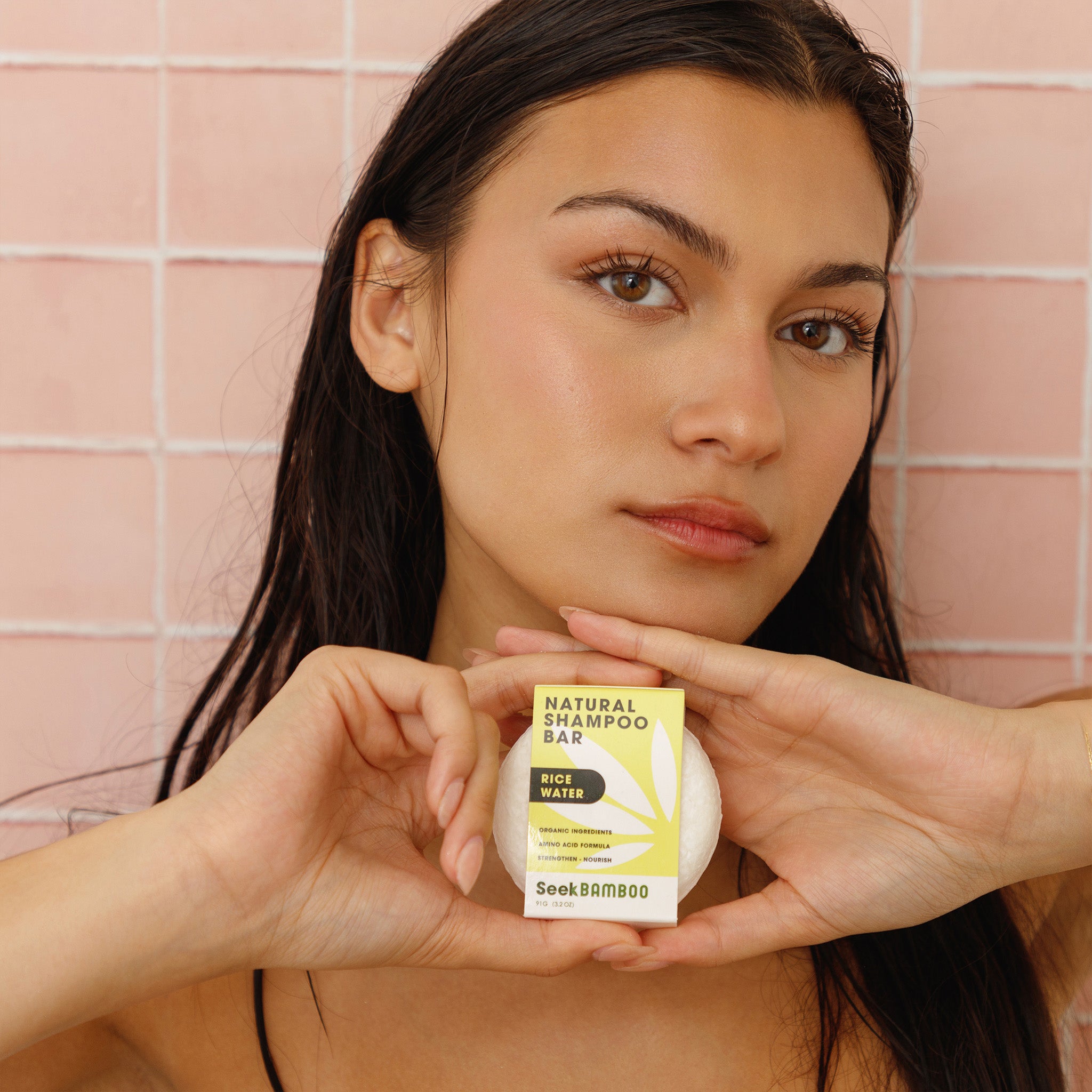



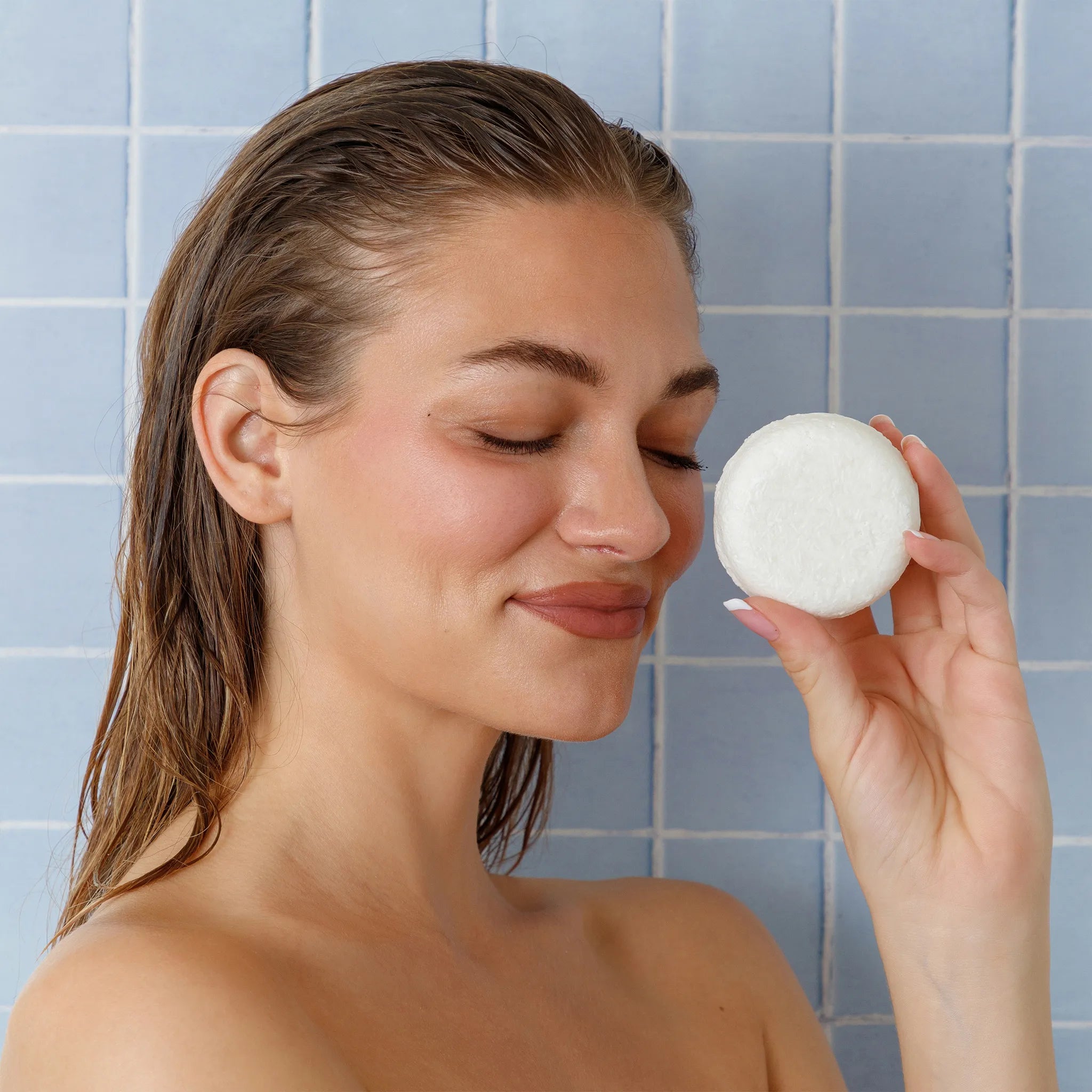
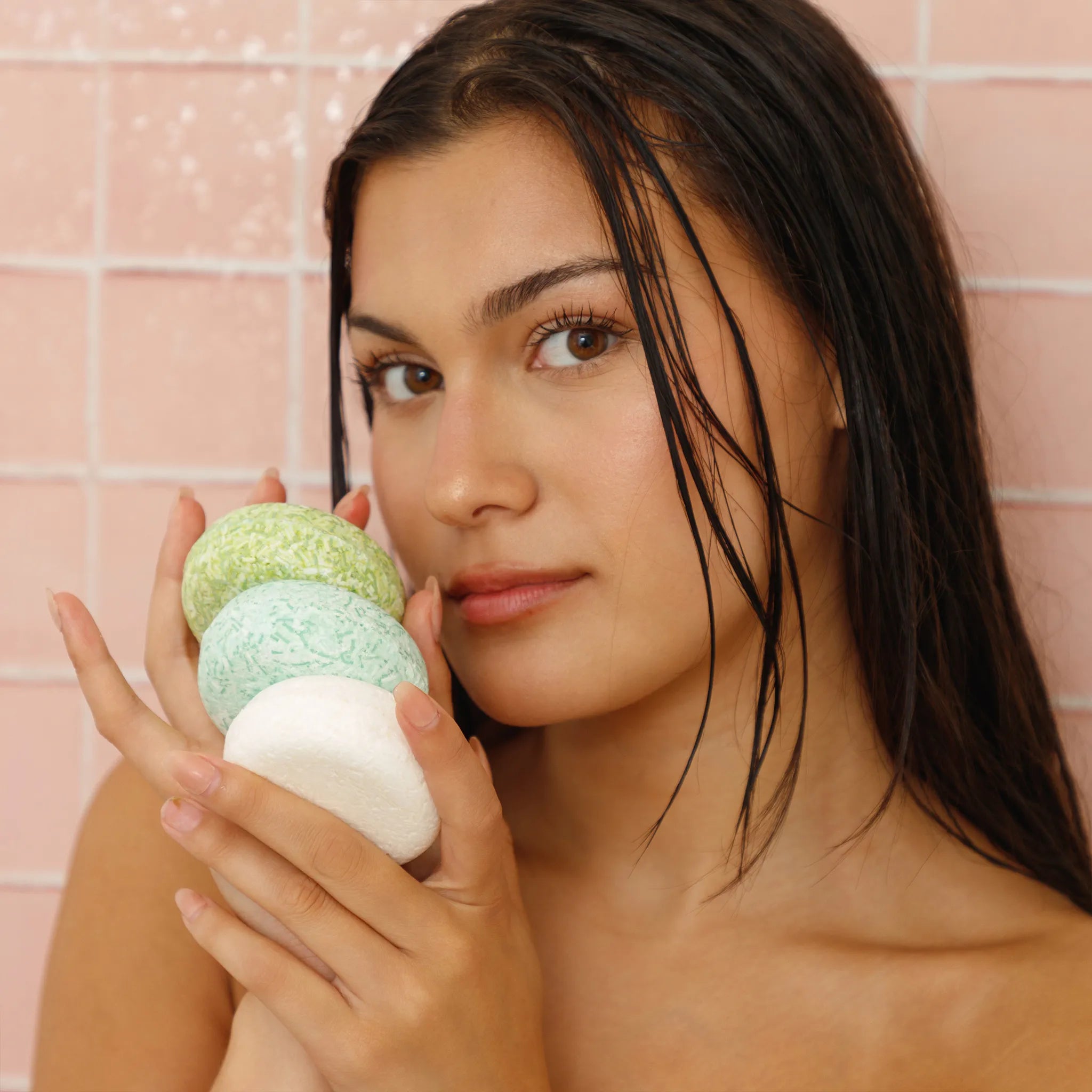





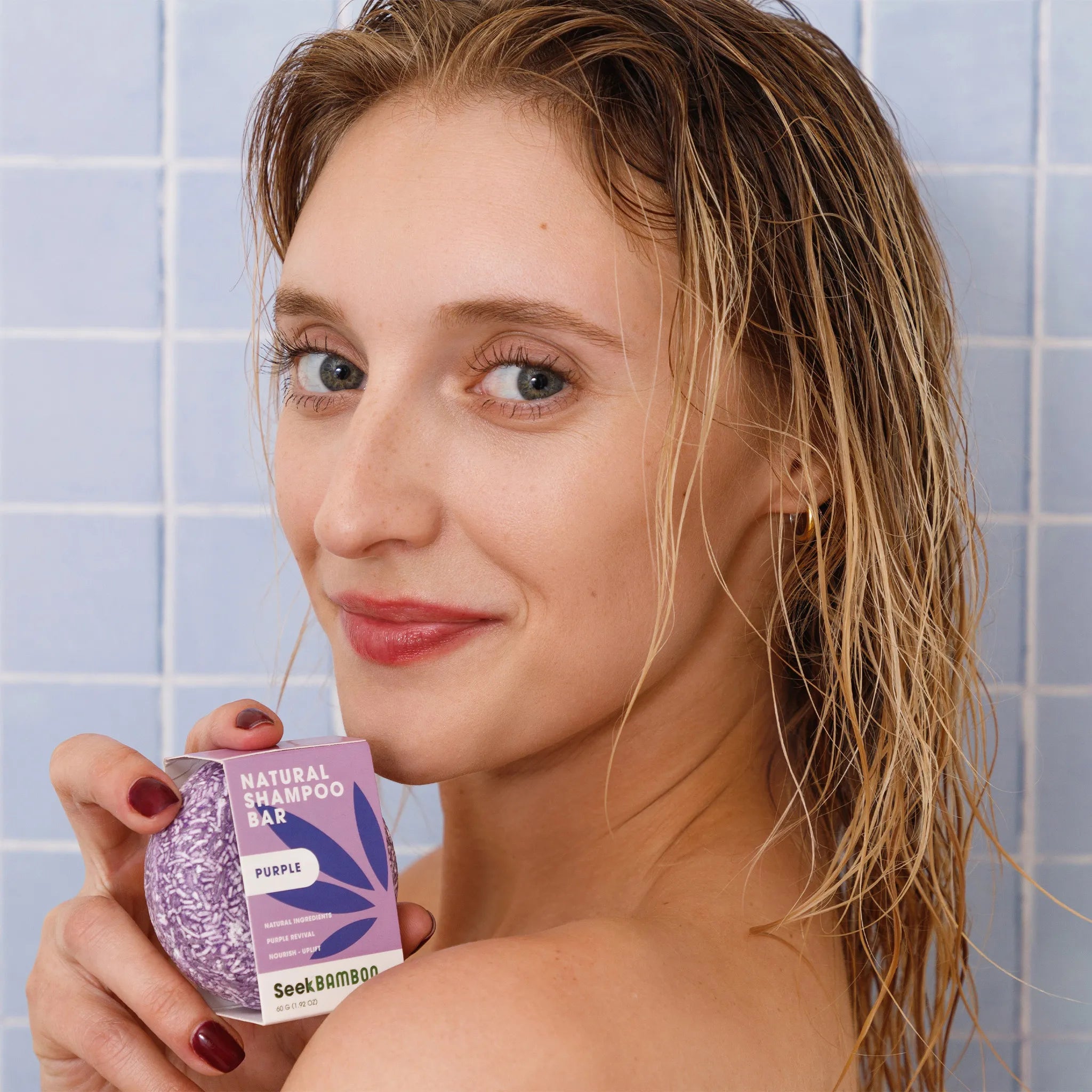











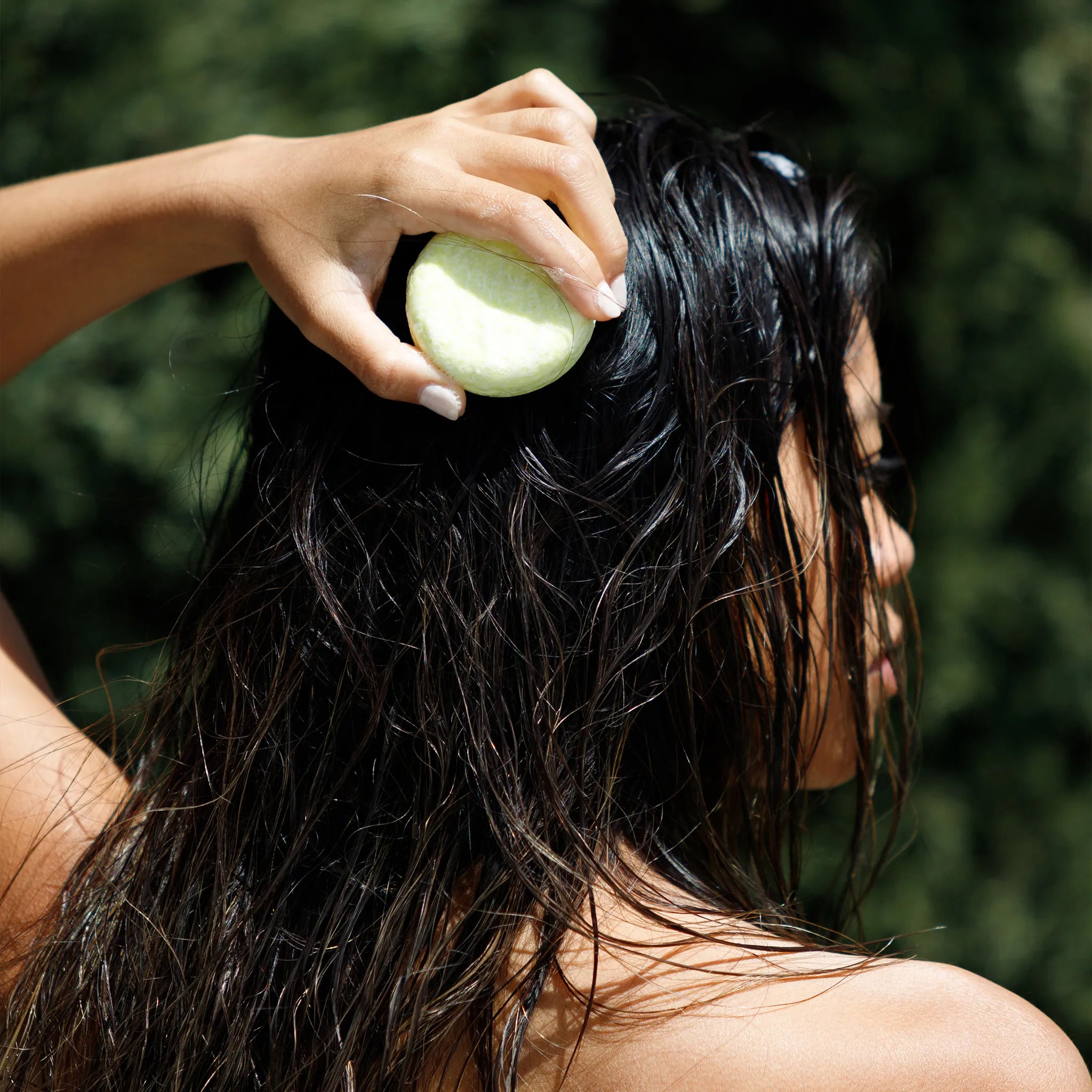
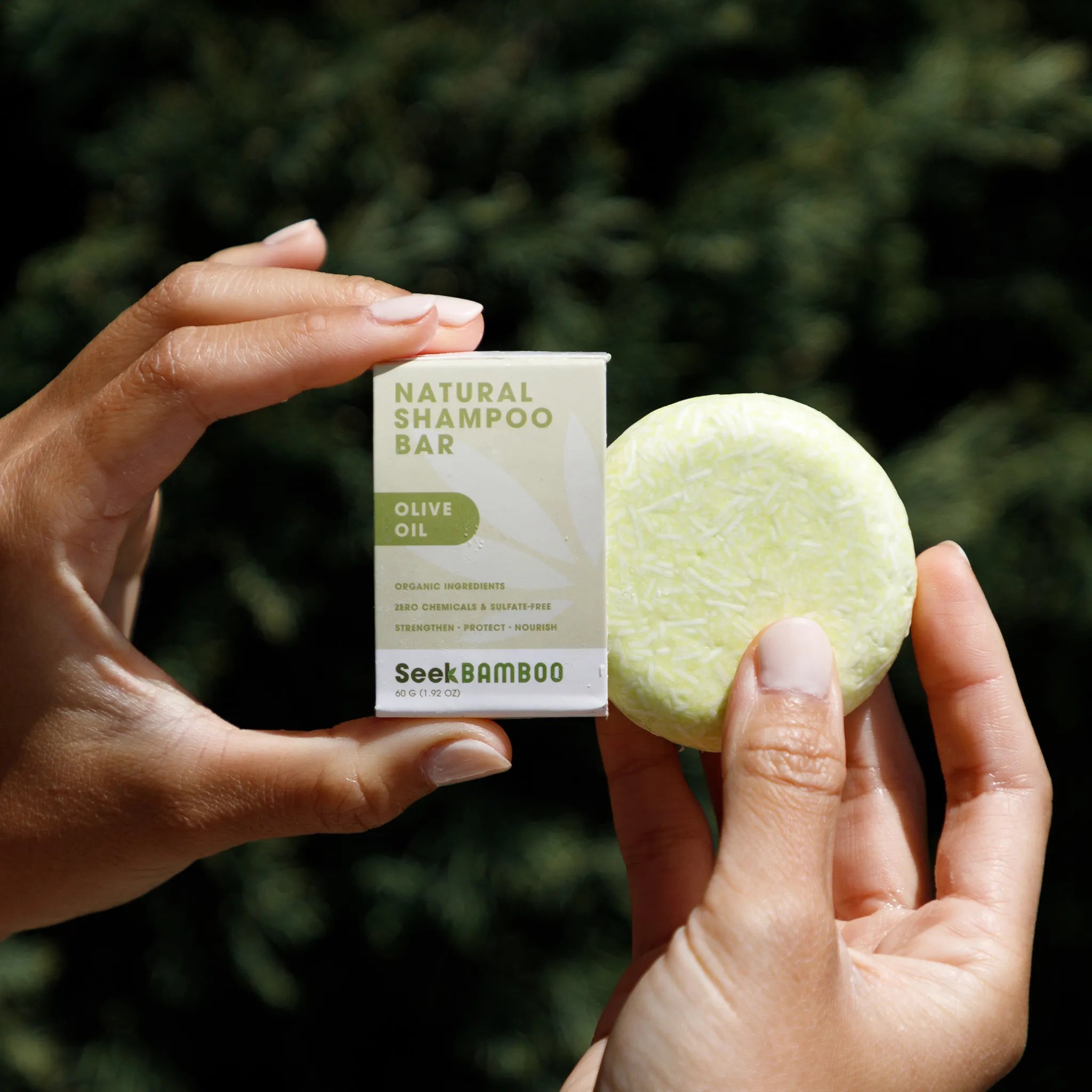



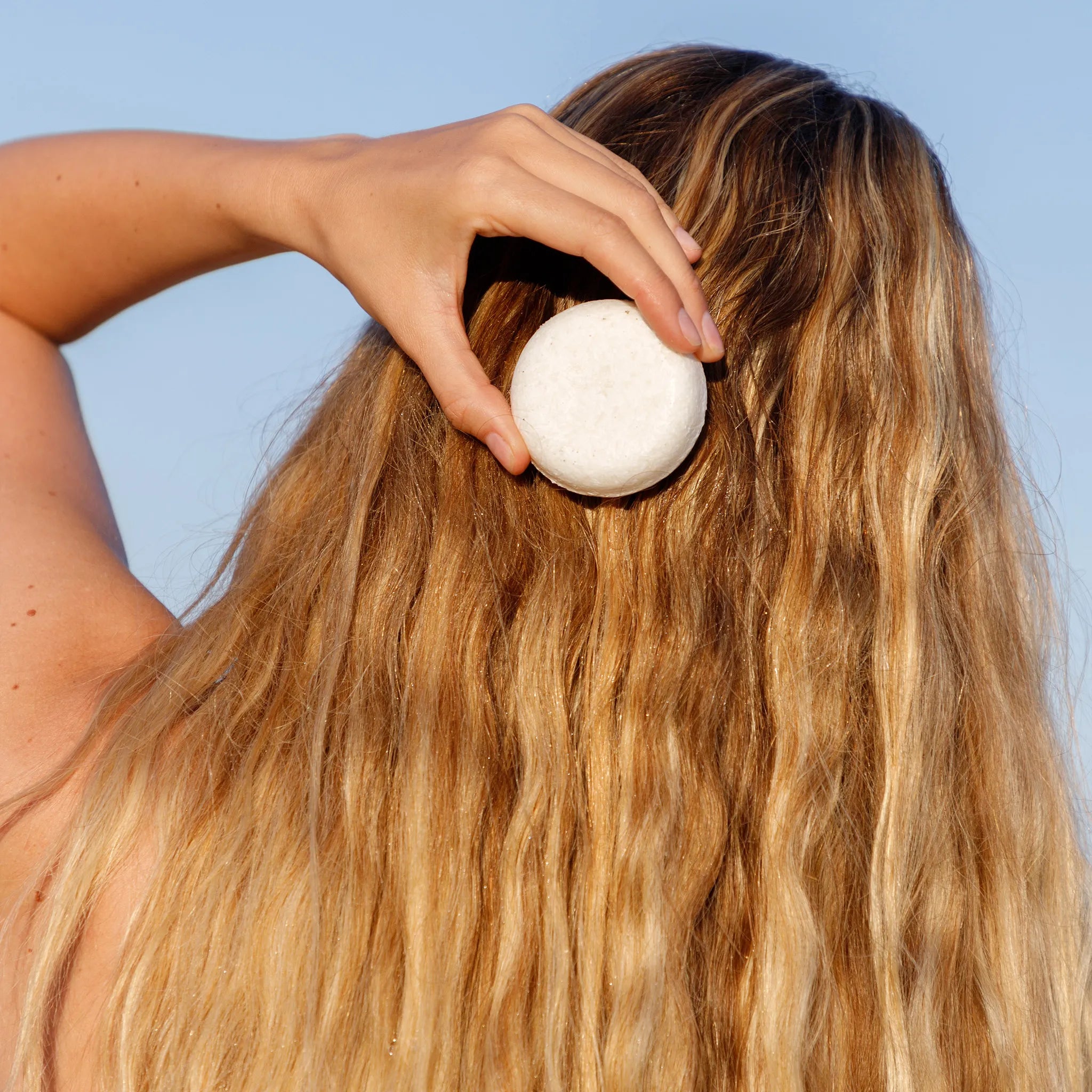
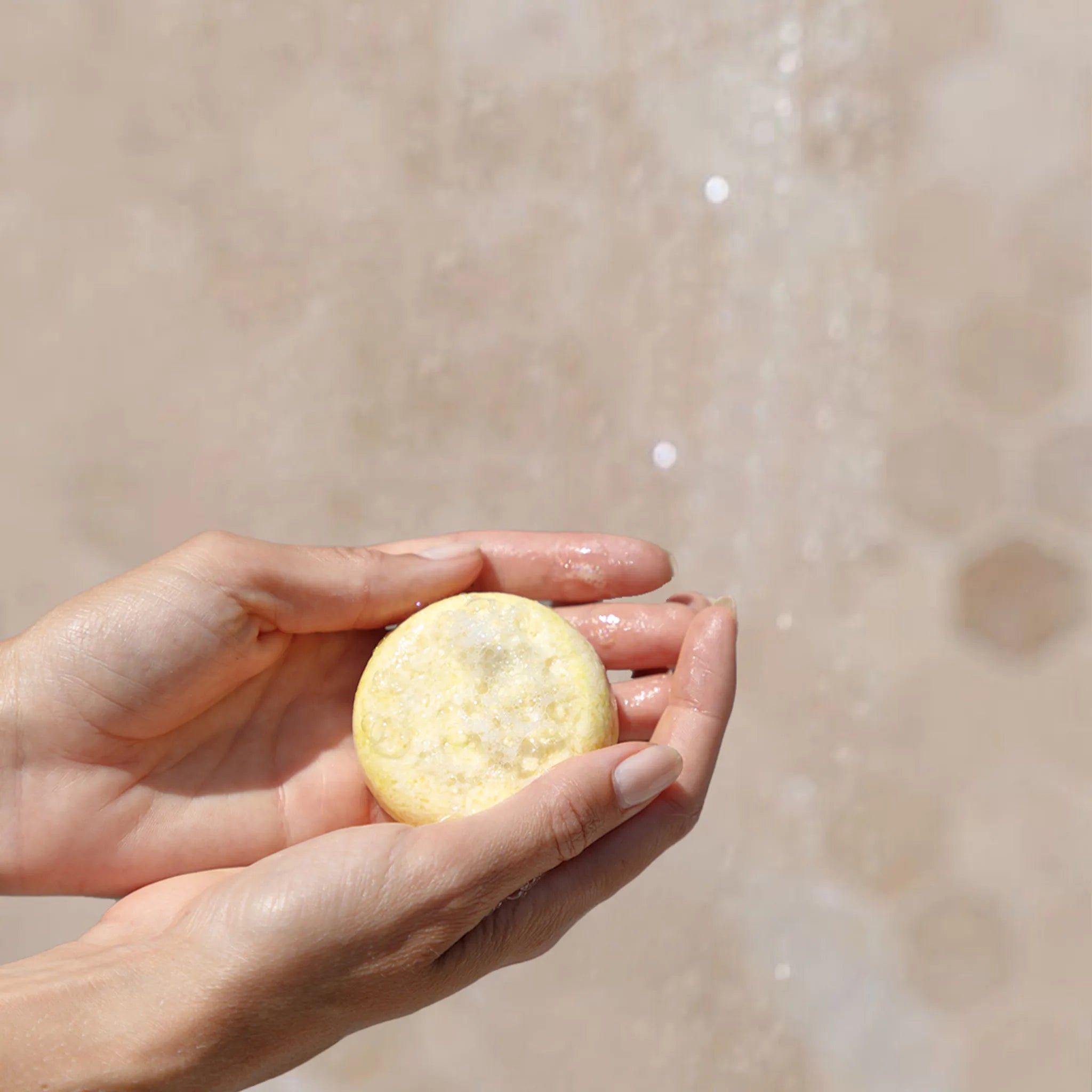
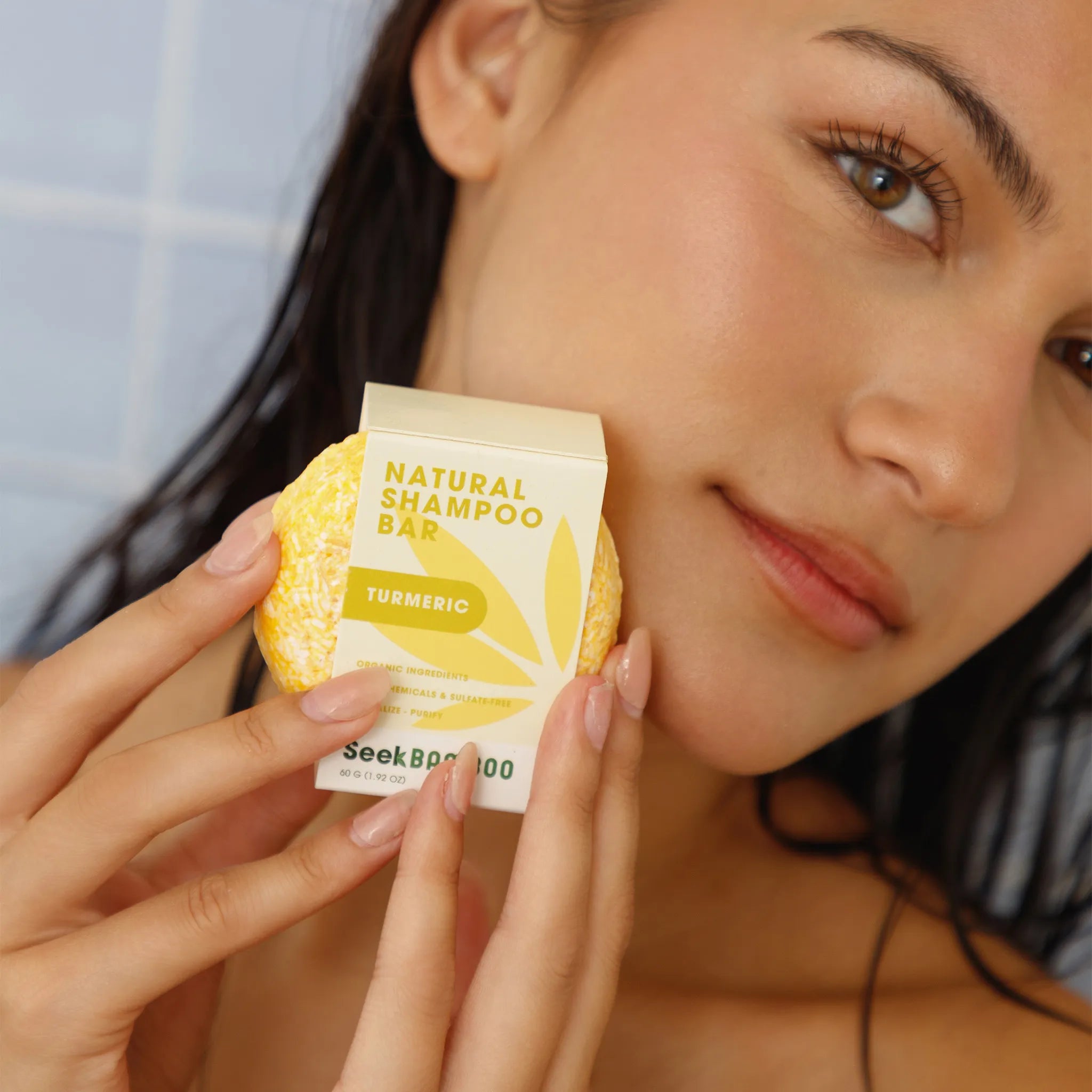






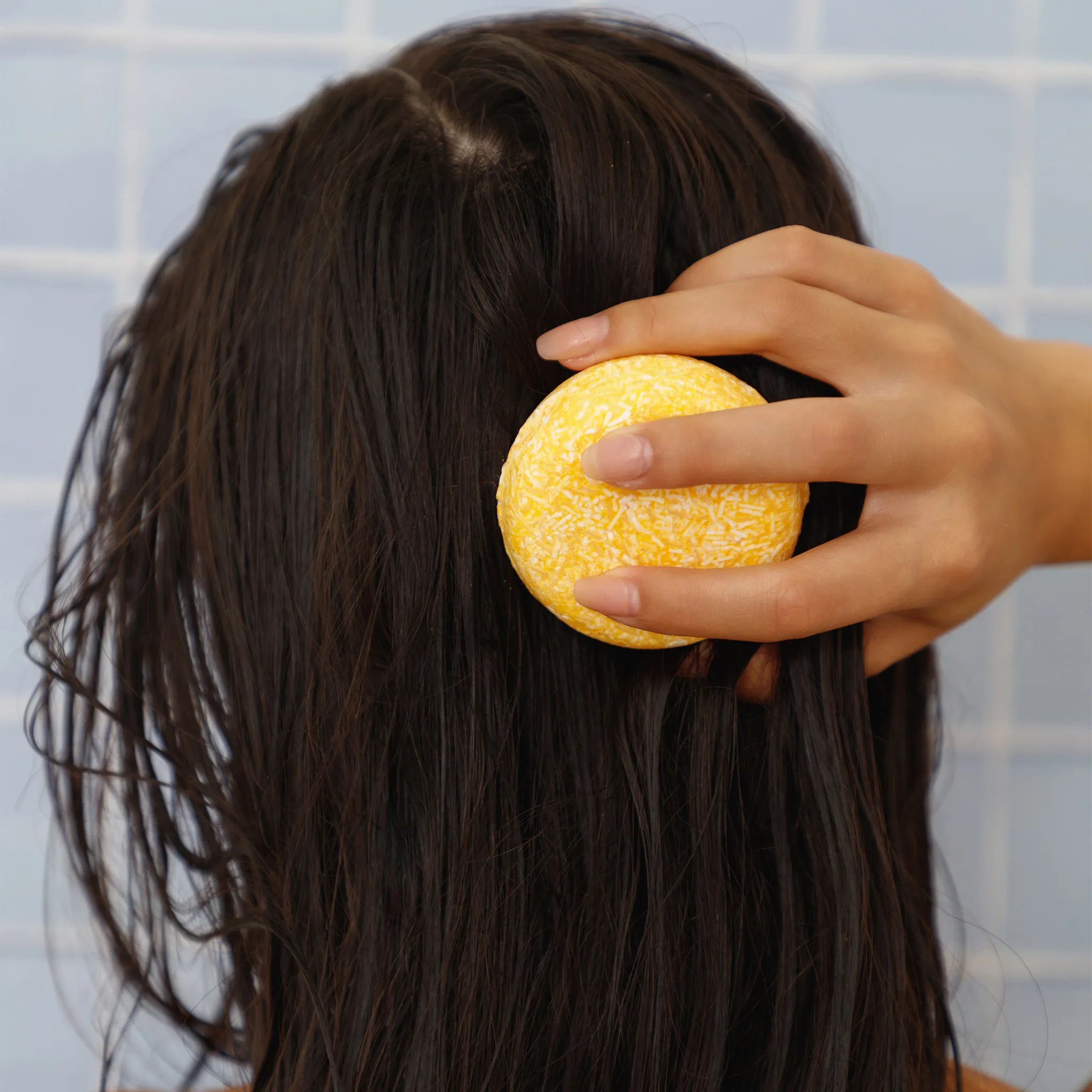
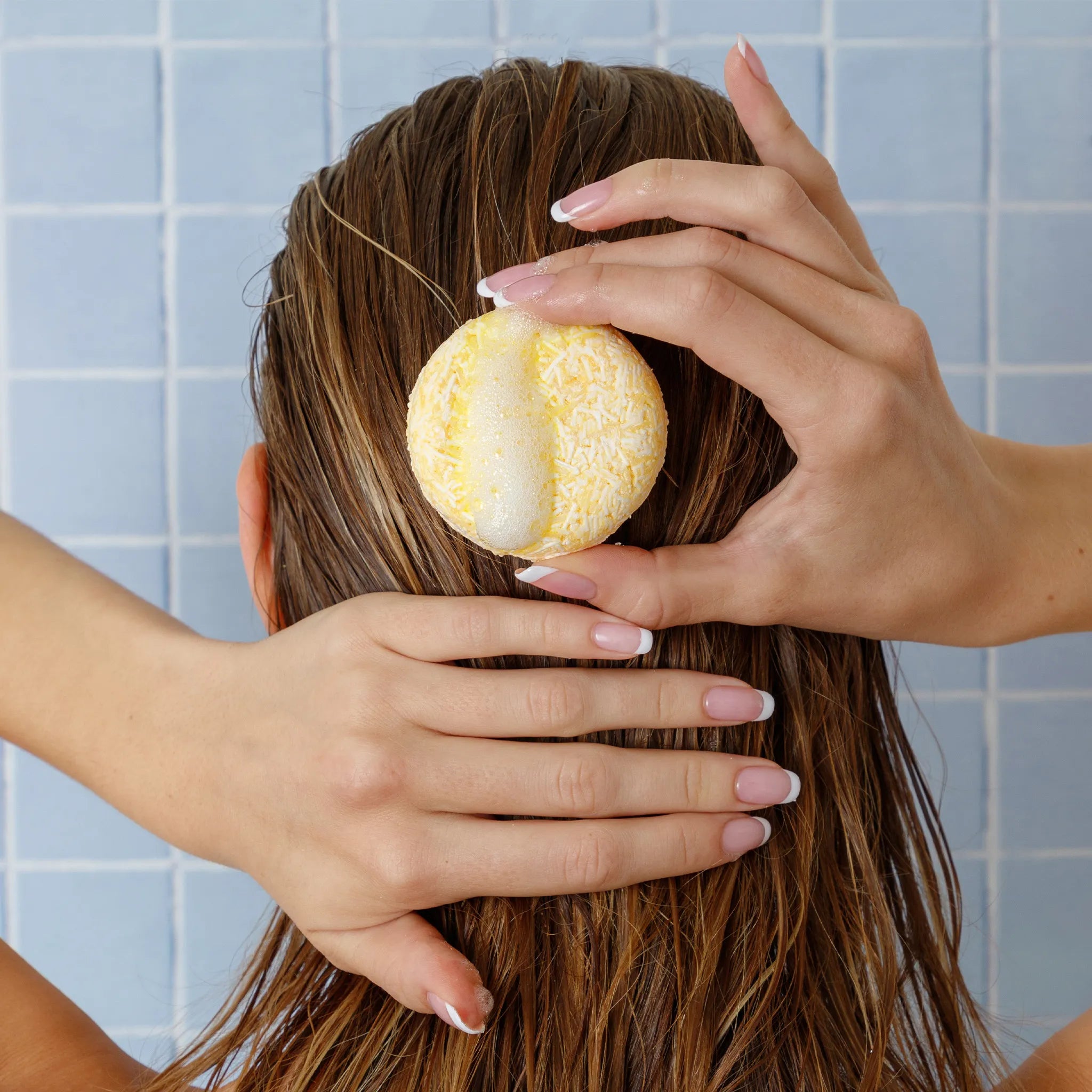











✓ Free of sulfates, palm oil, parabens, dyes, & synthetic fragrances
✓ Amino acid formula for all hair types, promoting strength, volume & vitality
✓ Packed with antioxidants & vitamins
✓ Larger 3.2 oz size lasts 70-90 washes, replacing up to 3 plastic bottles of shampoo
✓ Plastic-free & eco-friendly packaging, making it a sustainable choice for both your hair & the planet
Nurture Your Hair Over Time
Hair repair doesn’t happen overnight, but with consistent care and the right products, significant improvement is possible. Shampoo bars offer a simple yet effective way to restore and maintain the health of your hair. By incorporating scalp care, reducing heat damage, and using nourishing shampoo bars regularly, you'll see long-term benefits that go far beyond just repair. Stick with your routine, be patient, and your hair will thank you with renewed strength and shine.
Natural Shampoo Bars
Got Questions? We’ve Got Shampoo Bar Answers!
The Ultimate FAQ Guide for Damaged Hair Recovery and Beyond.
How do shampoo bars help repair damaged hair?
Shampoo bars are packed with natural, nourishing ingredients like oils, butters, and proteins that help restore moisture, strengthen strands, and improve hair texture. These ingredients work together to repair the cuticle, reduce breakage, and prevent further damage. Over time, they help restore the overall health of your hair by replenishing lost moisture and adding necessary nutrients.
Are shampoo bars safe for all hair types?
Yes, shampoo bars are safe for most hair types, including curly, straight, fine, and thick hair. It’s important to choose a shampoo bar formulated for your specific hair needs, such as moisturizing, volumizing, or strengthening. If you have sensitive skin or allergies, look for a shampoo bar with gentle, hypoallergenic ingredients and avoid harsh additives like sulfates or parabens.
Can shampoo bars be used for color-treated hair?
Absolutely! Many shampoo bars are sulfate-free, which makes them a great option for color-treated hair. Sulfates can strip the hair of its natural oils and cause color to fade faster. Shampoo bars with natural ingredients like argan oil, shea butter, and coconut oil help nourish and protect color-treated hair, maintaining vibrancy while repairing damage.
How long do shampoo bars last compared to liquid shampoos?
Shampoo bars are typically more concentrated than liquid shampoos, meaning they last longer. A single bar can last 2–3 times longer than a bottle of liquid shampoo, depending on how often you use it and how much hair you have. Since shampoo bars are solid, they also eliminate water as a filler ingredient, so you're getting a purer form of the product.
How do I use a shampoo bar effectively?
To use a shampoo bar, first wet your hair and the bar thoroughly. Rub the bar between your hands to create a lather, or directly apply the bar to your scalp and massage gently to build a rich lather. Focus on cleansing the scalp and let the lather run through the lengths of your hair. Rinse thoroughly with lukewarm water. Follow up with a conditioner bar or your regular conditioner for added hydration.
Can shampoo bars help with hair thinning or hair loss?
Shampoo bars can improve the health of your hair and scalp, which may help reduce hair breakage and support hair growth over time. Ingredients like biotin, keratin, and plant-based oils in shampoo bars can strengthen hair and promote a healthier scalp environment. However, if you're experiencing significant hair loss or thinning, it’s best to consult with a dermatologist or hair care professional for a tailored treatment plan.
How do I store shampoo bars to keep them from getting mushy?
To ensure your shampoo bar lasts as long as possible, store it in a dry place after each use. Use a soap dish with drainage or a bar holder to allow the bar to dry completely between uses. Avoid leaving the bar in a puddle of water, as excess moisture can cause it to break down prematurely. If traveling, store the shampoo bar in a container that allows airflow to prevent it from becoming soggy.
Can I use a shampoo bar every day on damaged hair?
While shampoo bars are gentle and effective, it’s important not to over-wash your hair. Washing your hair every day, especially when it’s already damaged, can strip it of natural oils that are essential for hydration and protection. For most hair types, washing 2–3 times a week is sufficient. If you have particularly oily hair, you may need to wash more frequently, but be sure to follow up with a hydrating conditioner.






